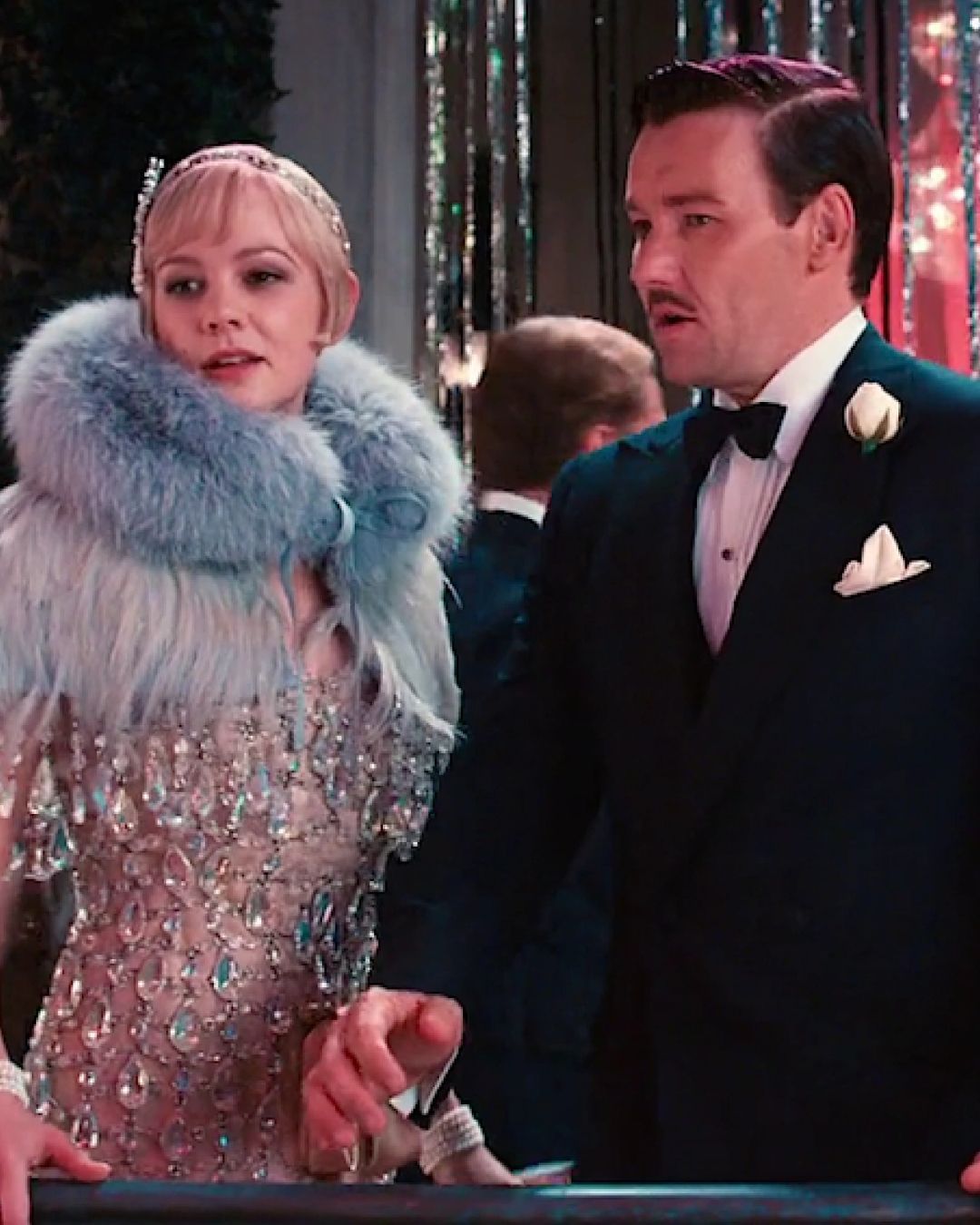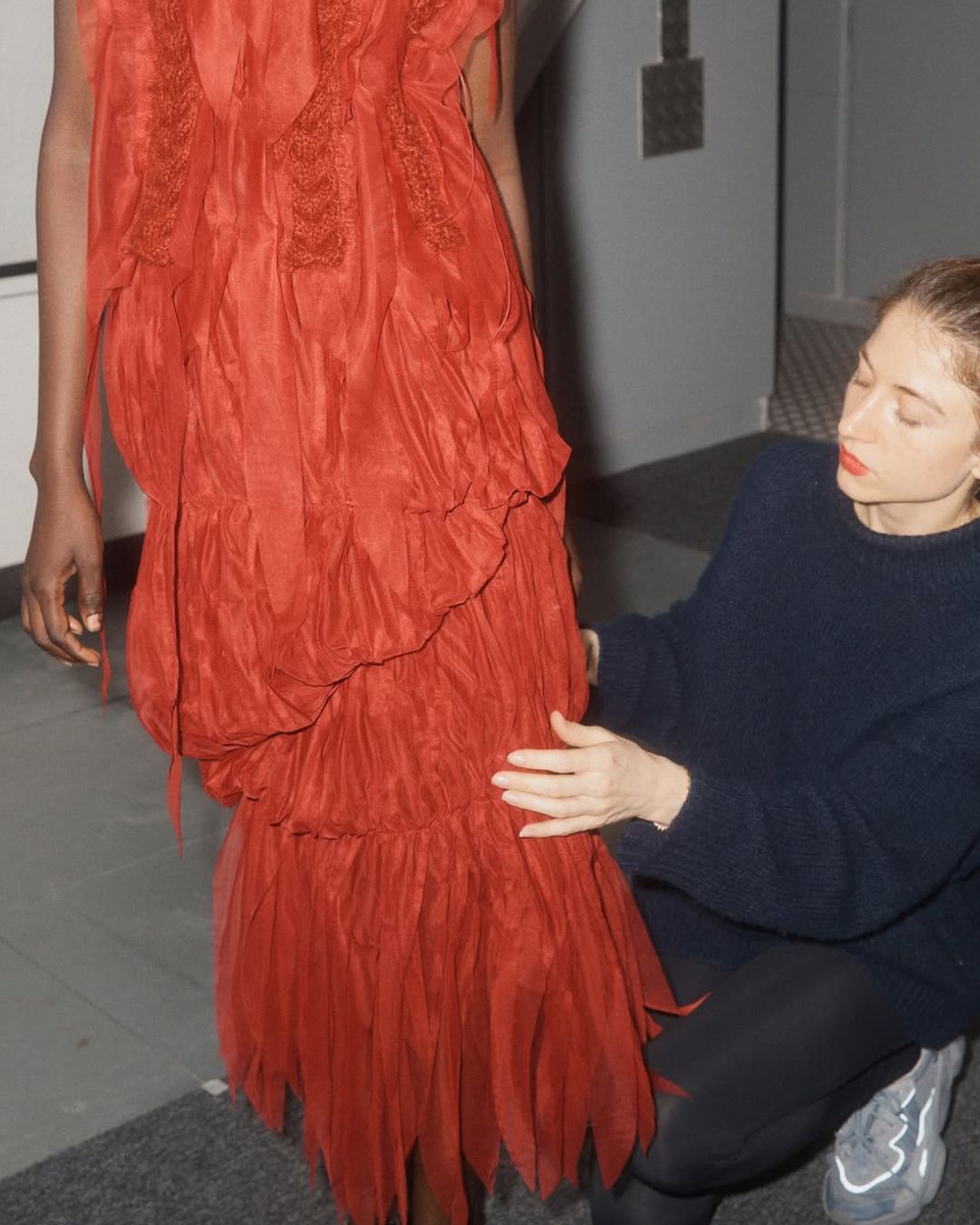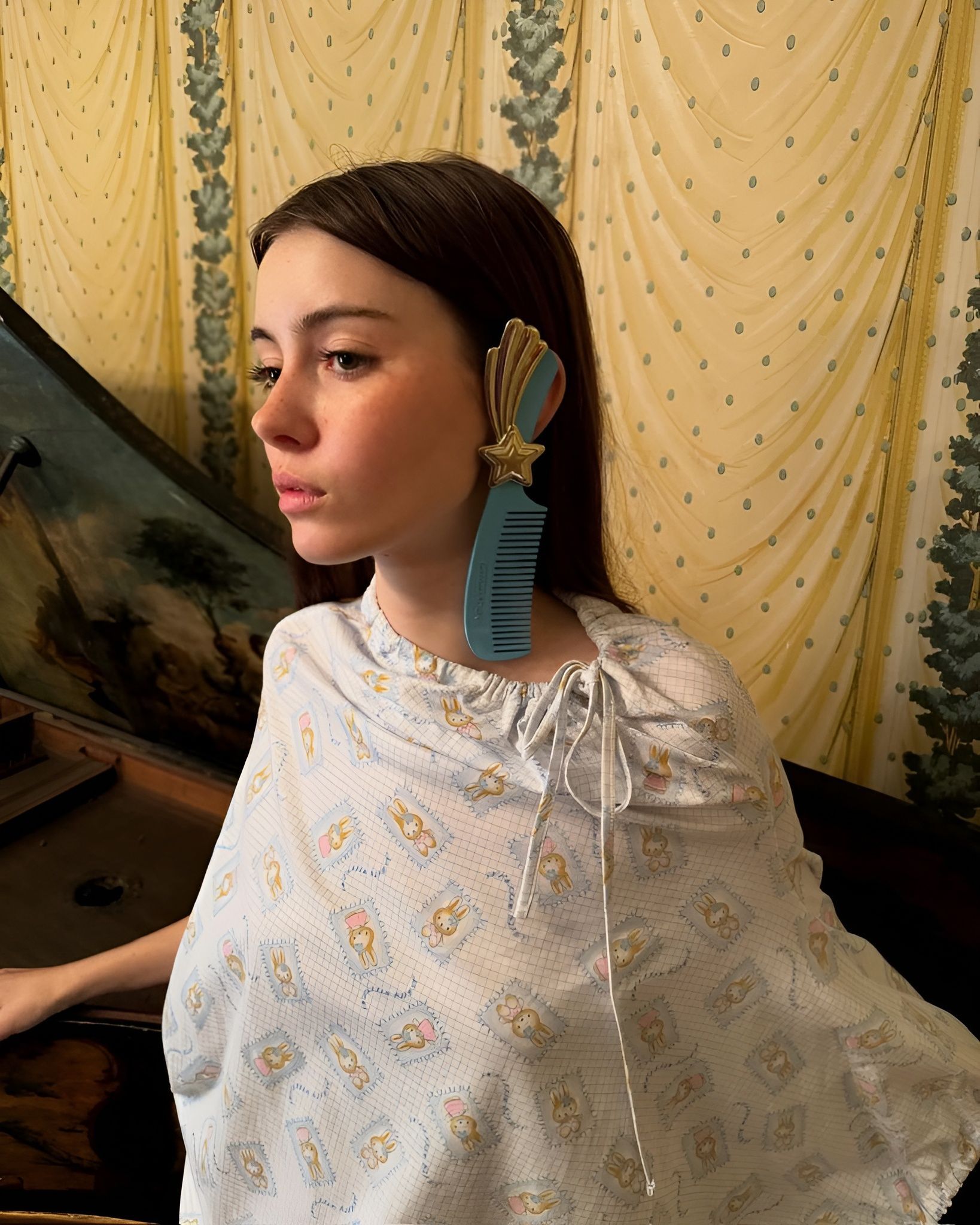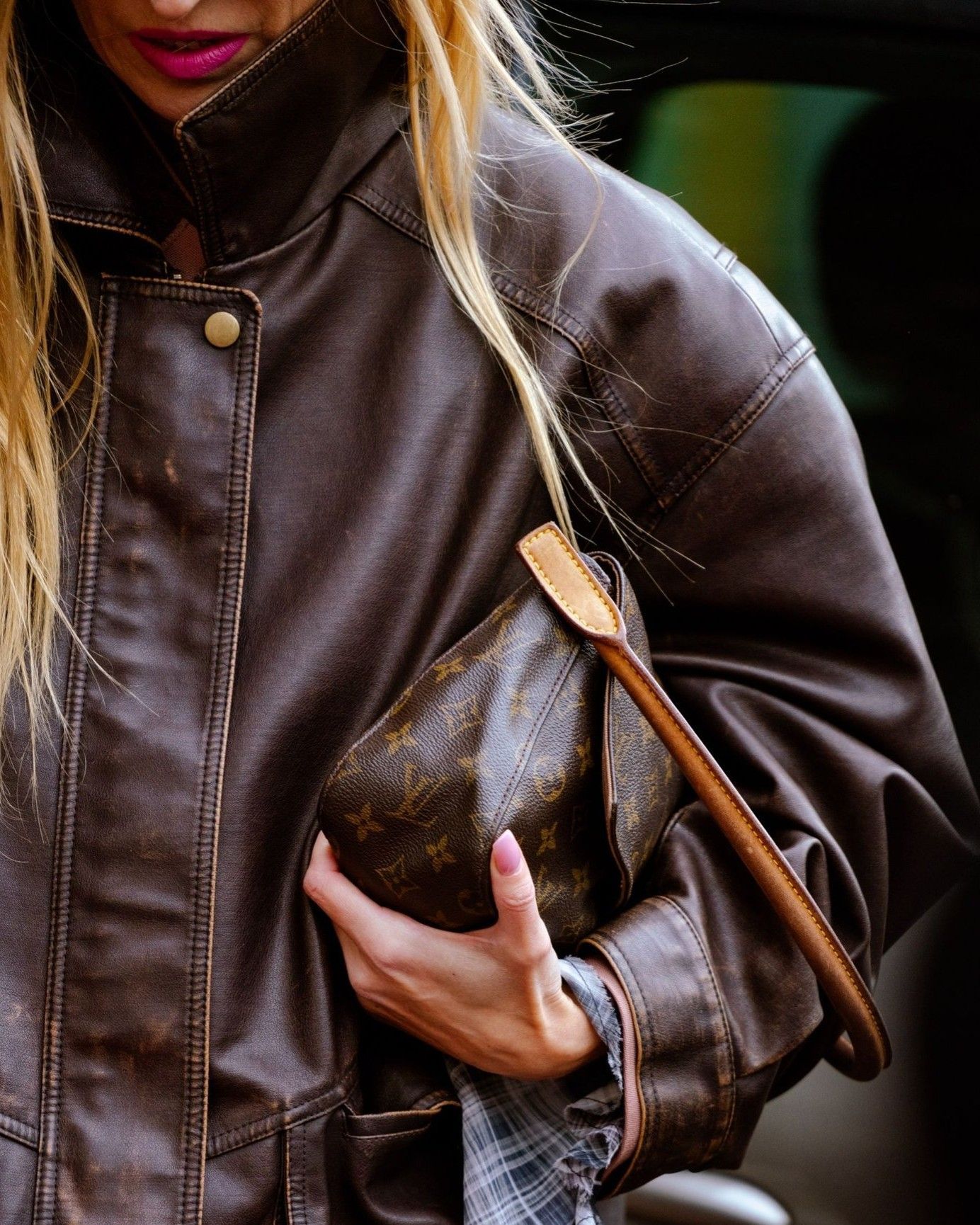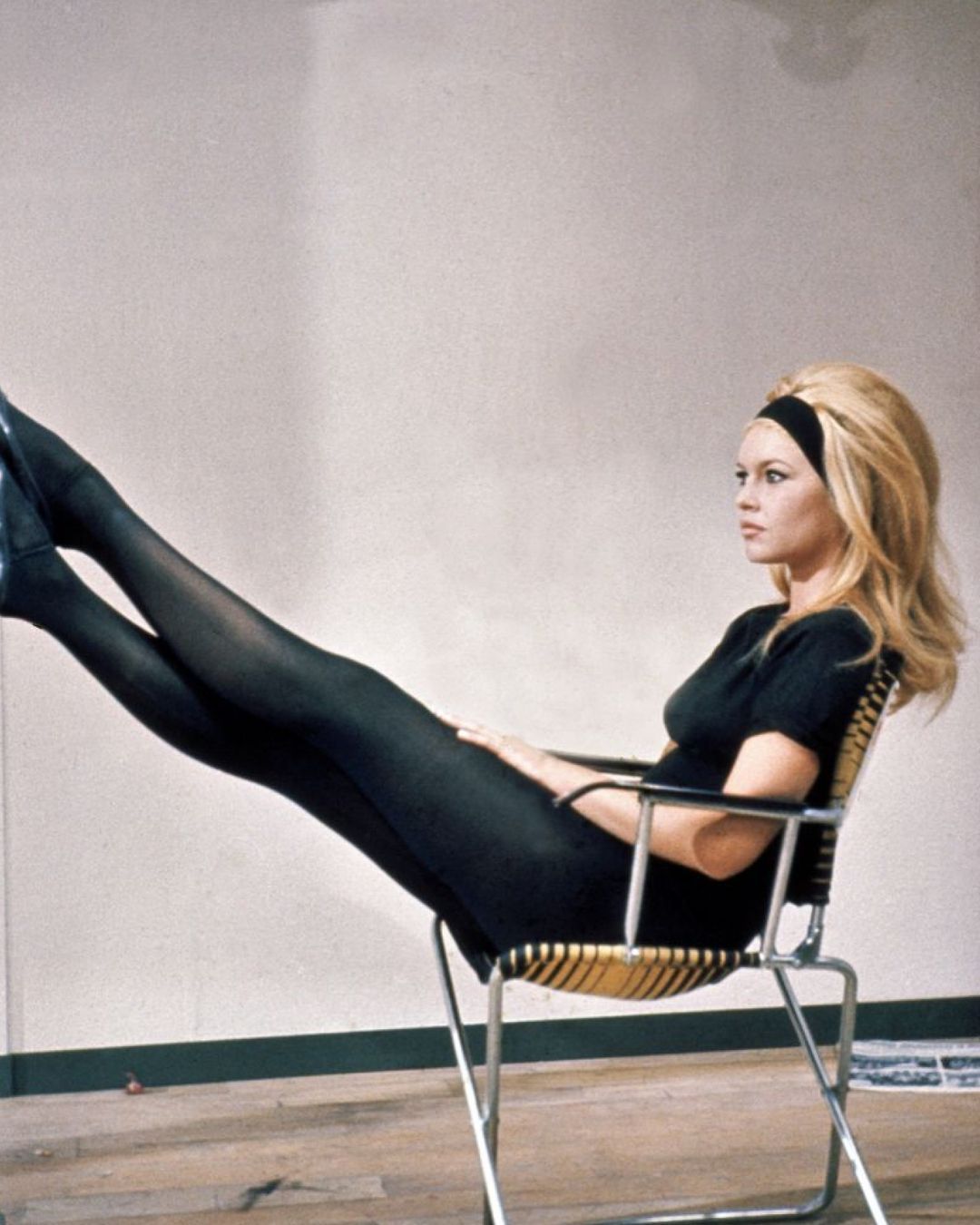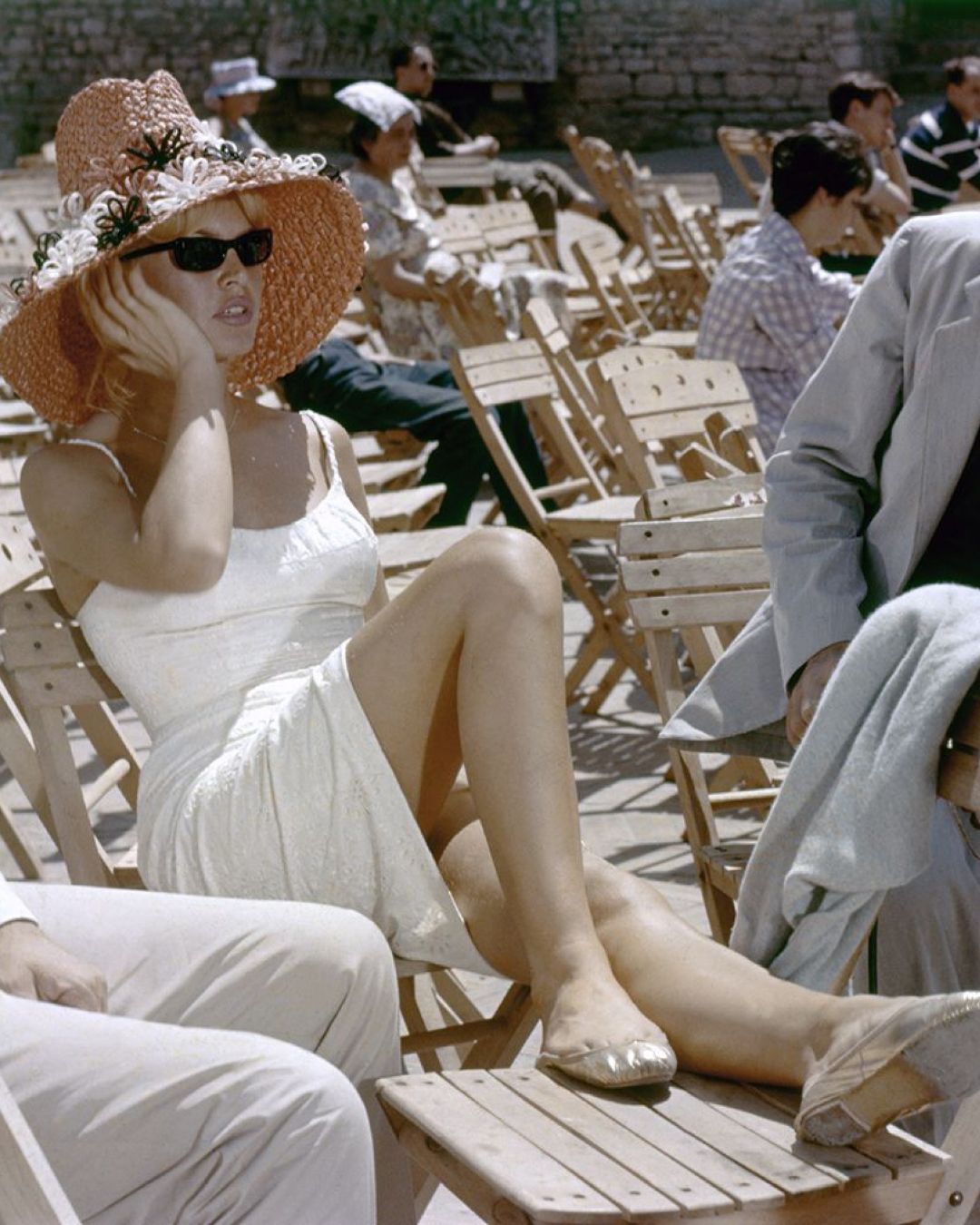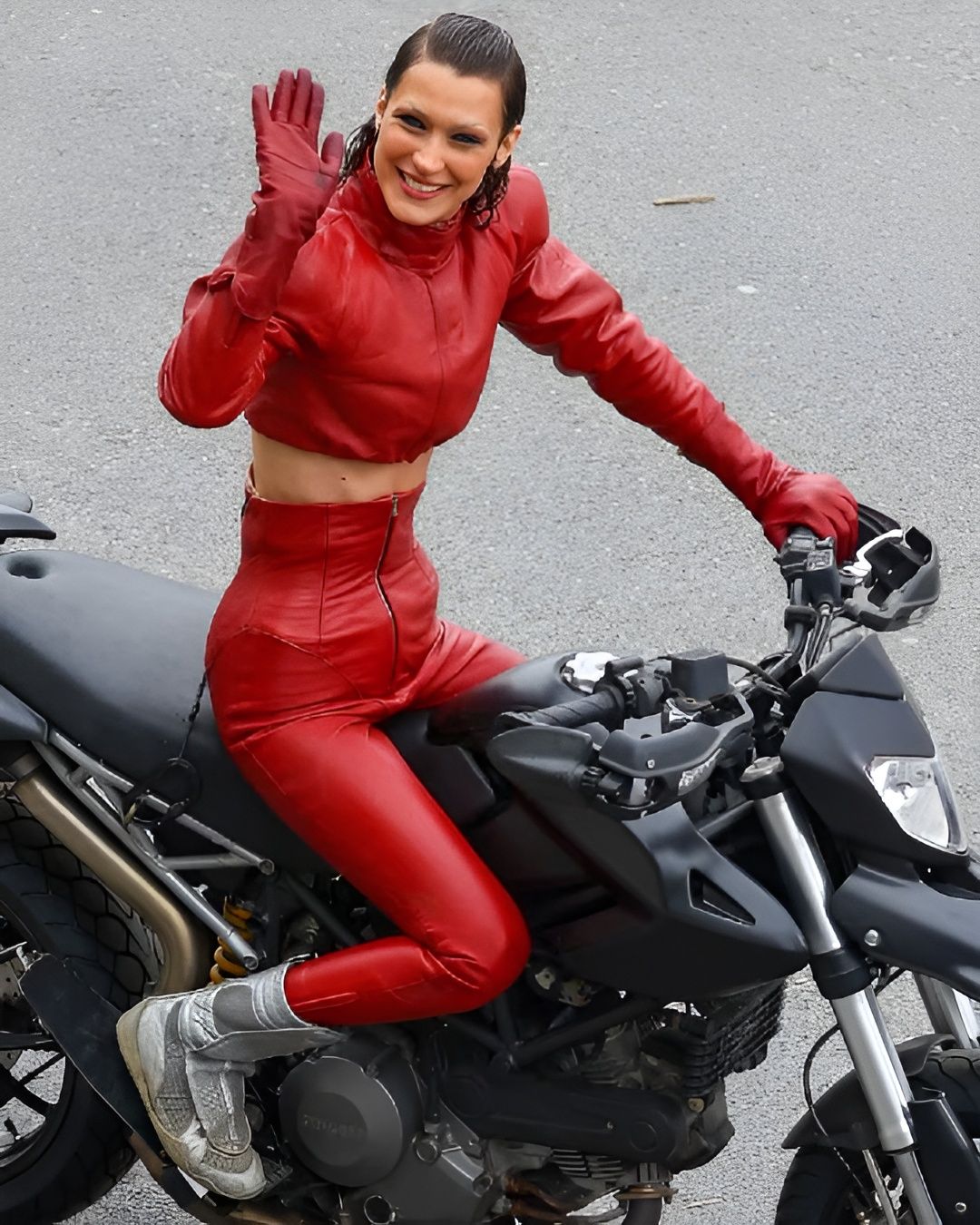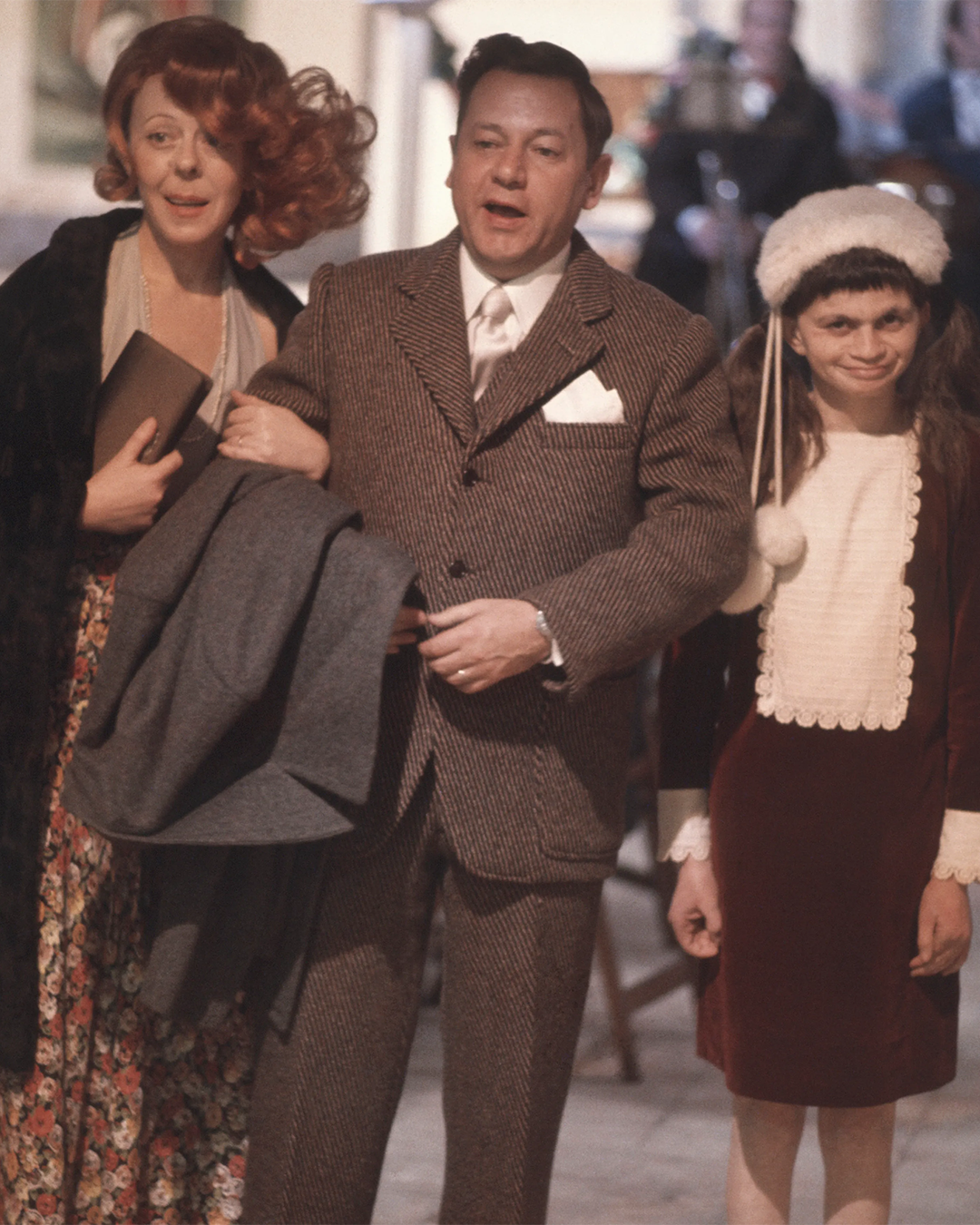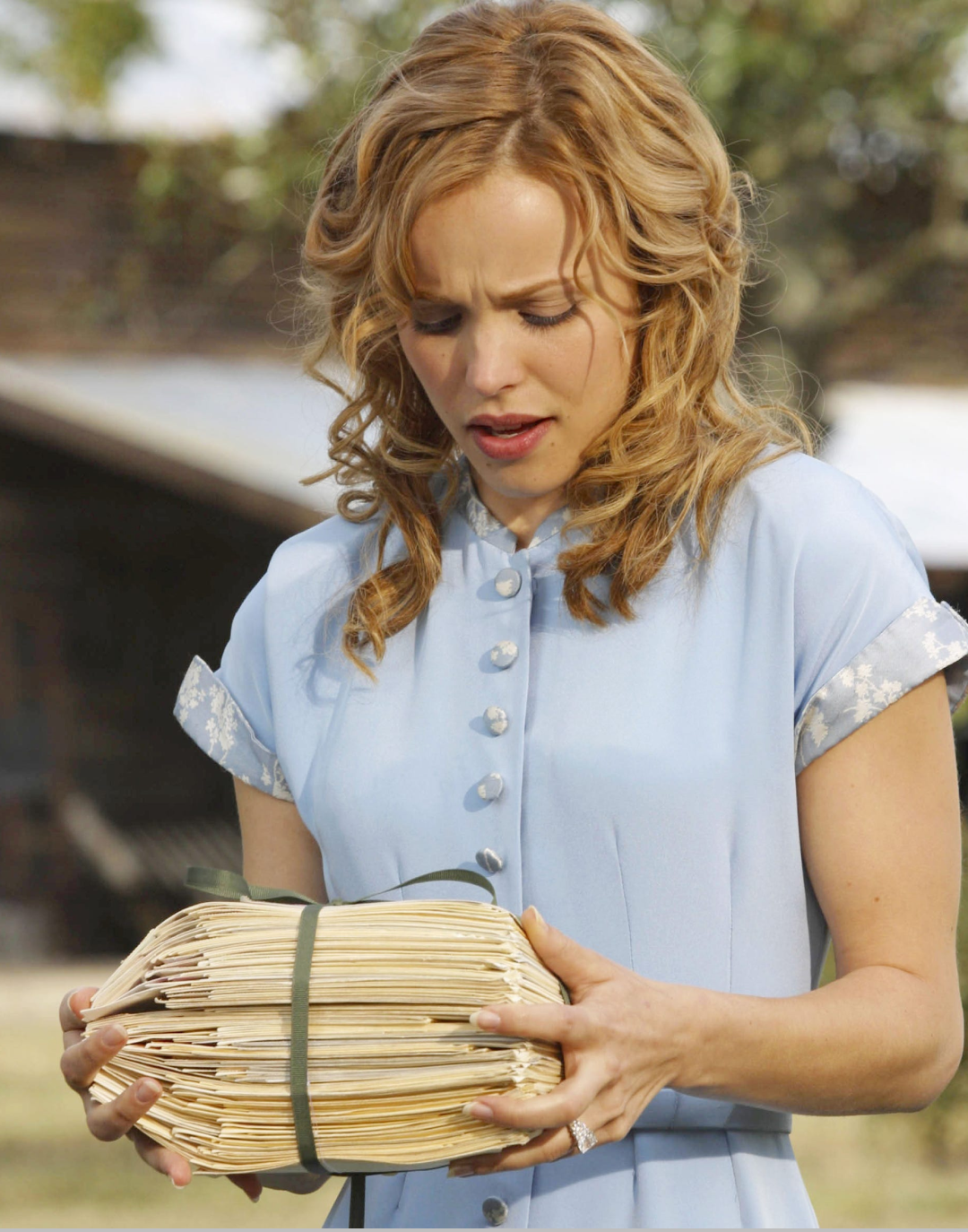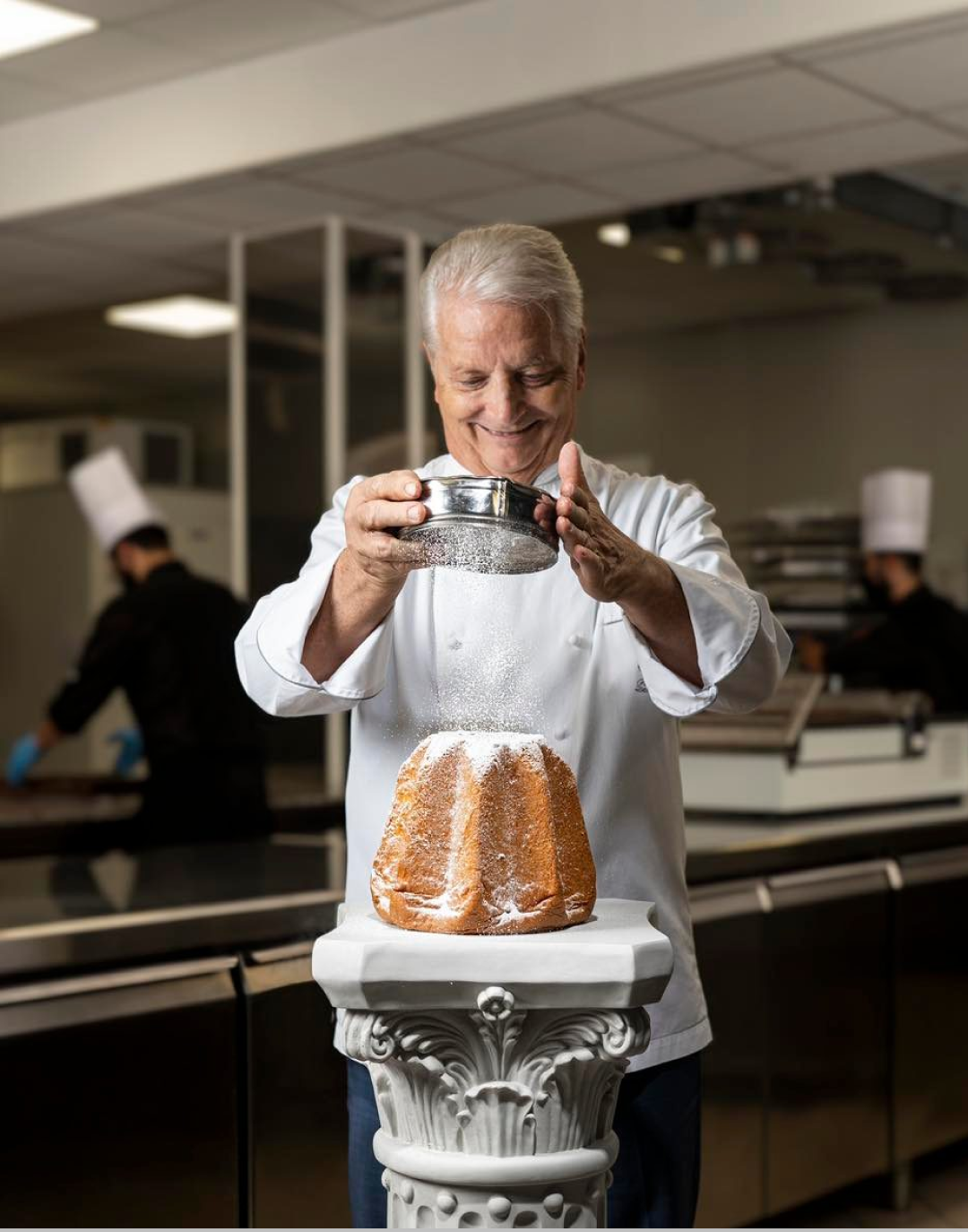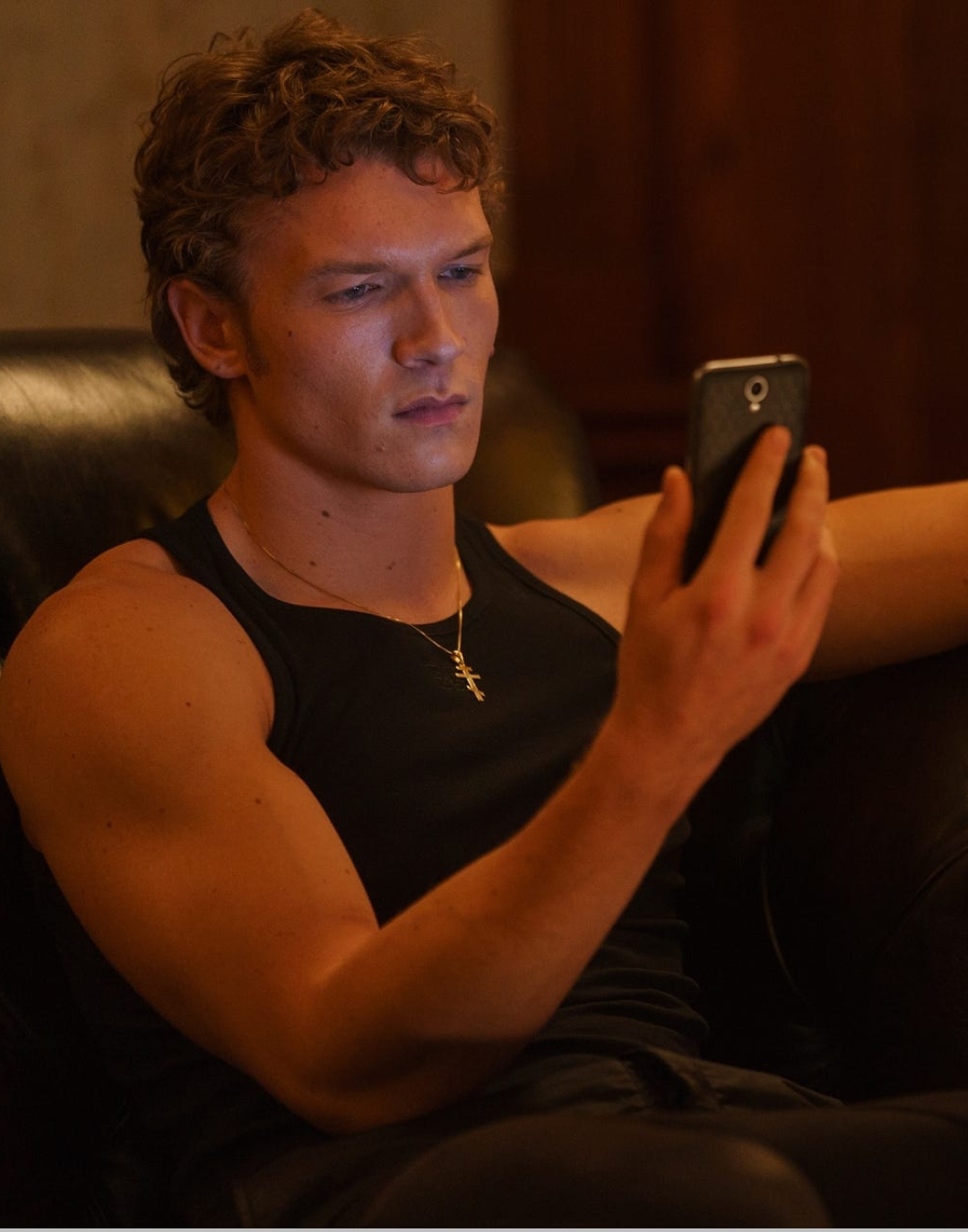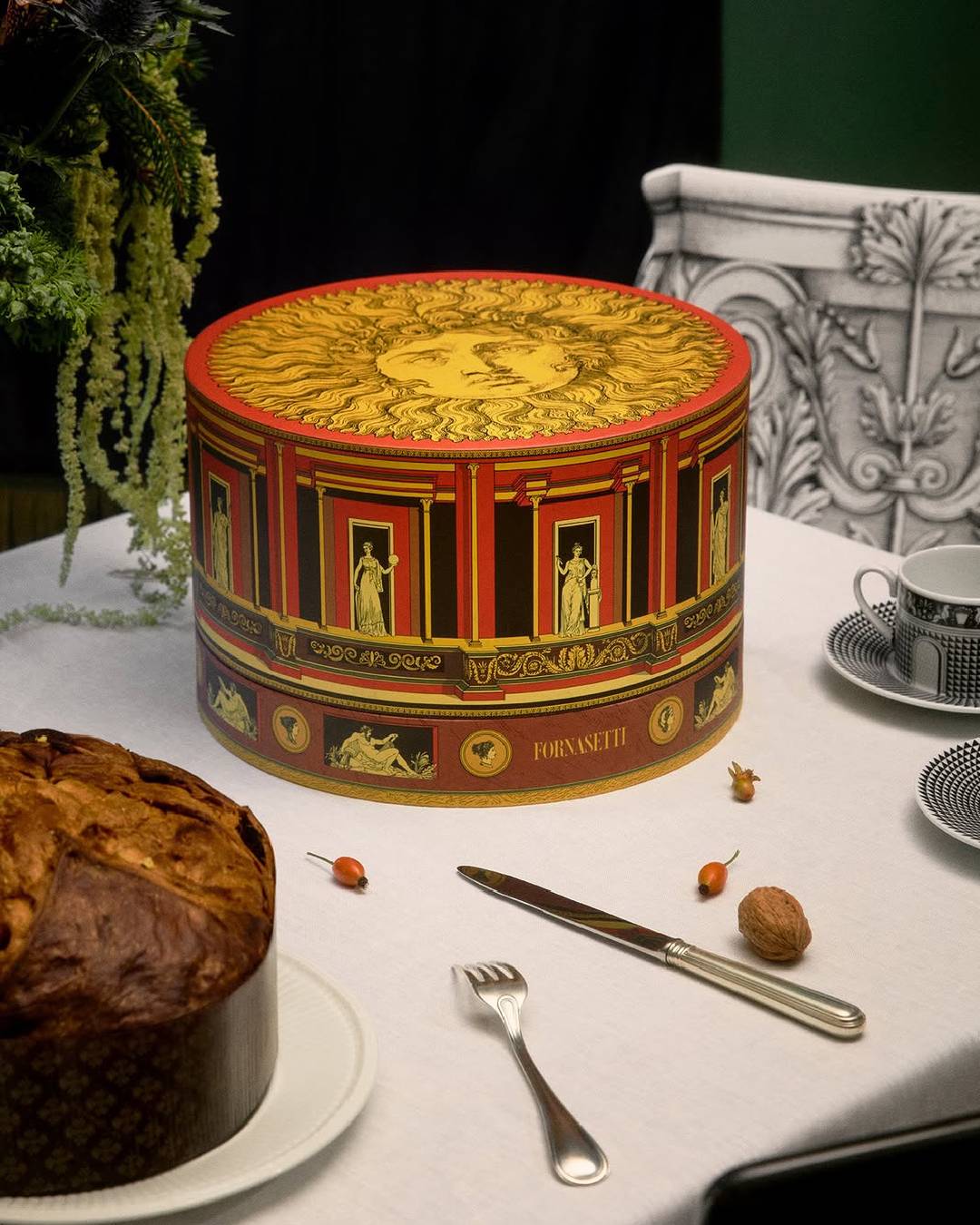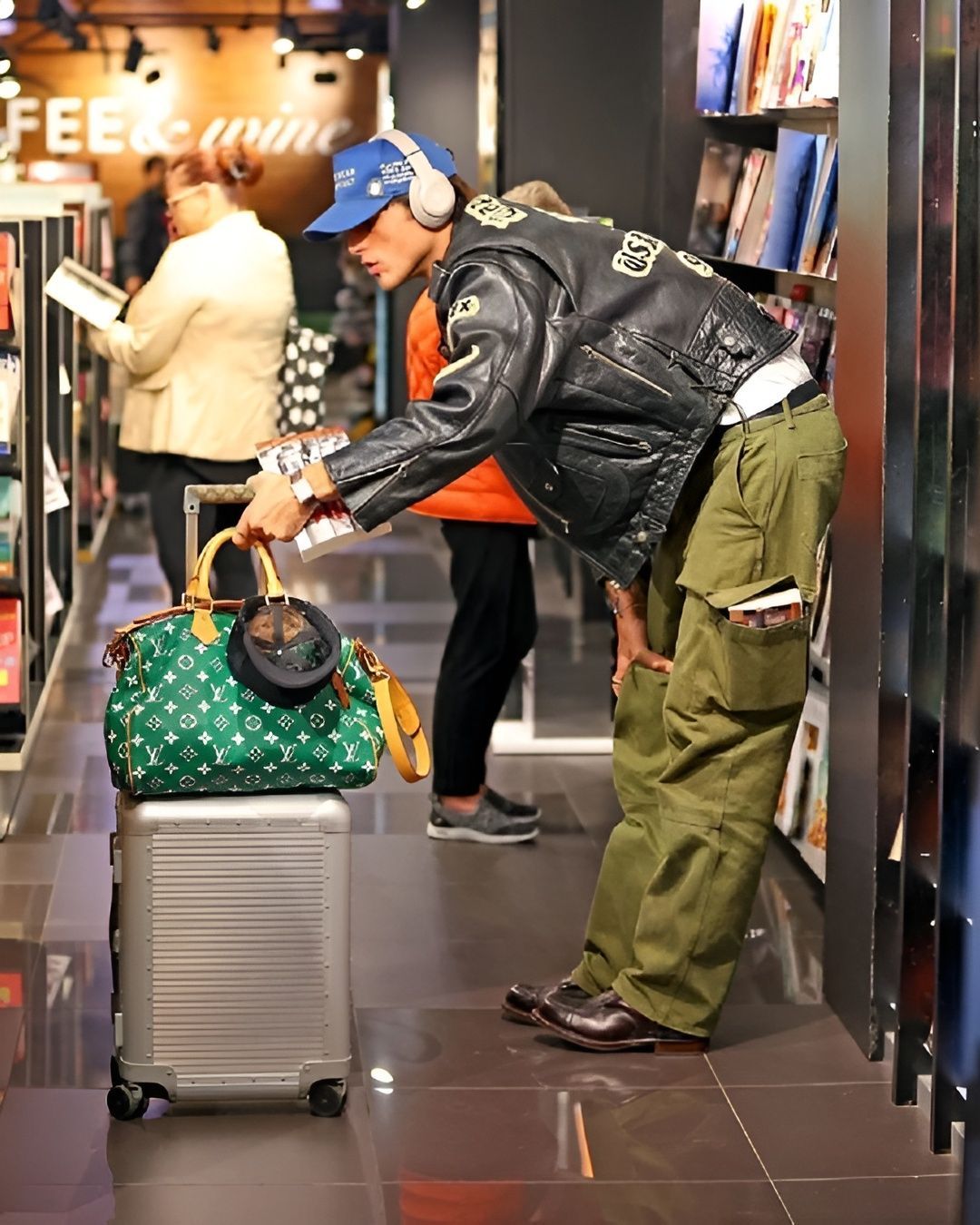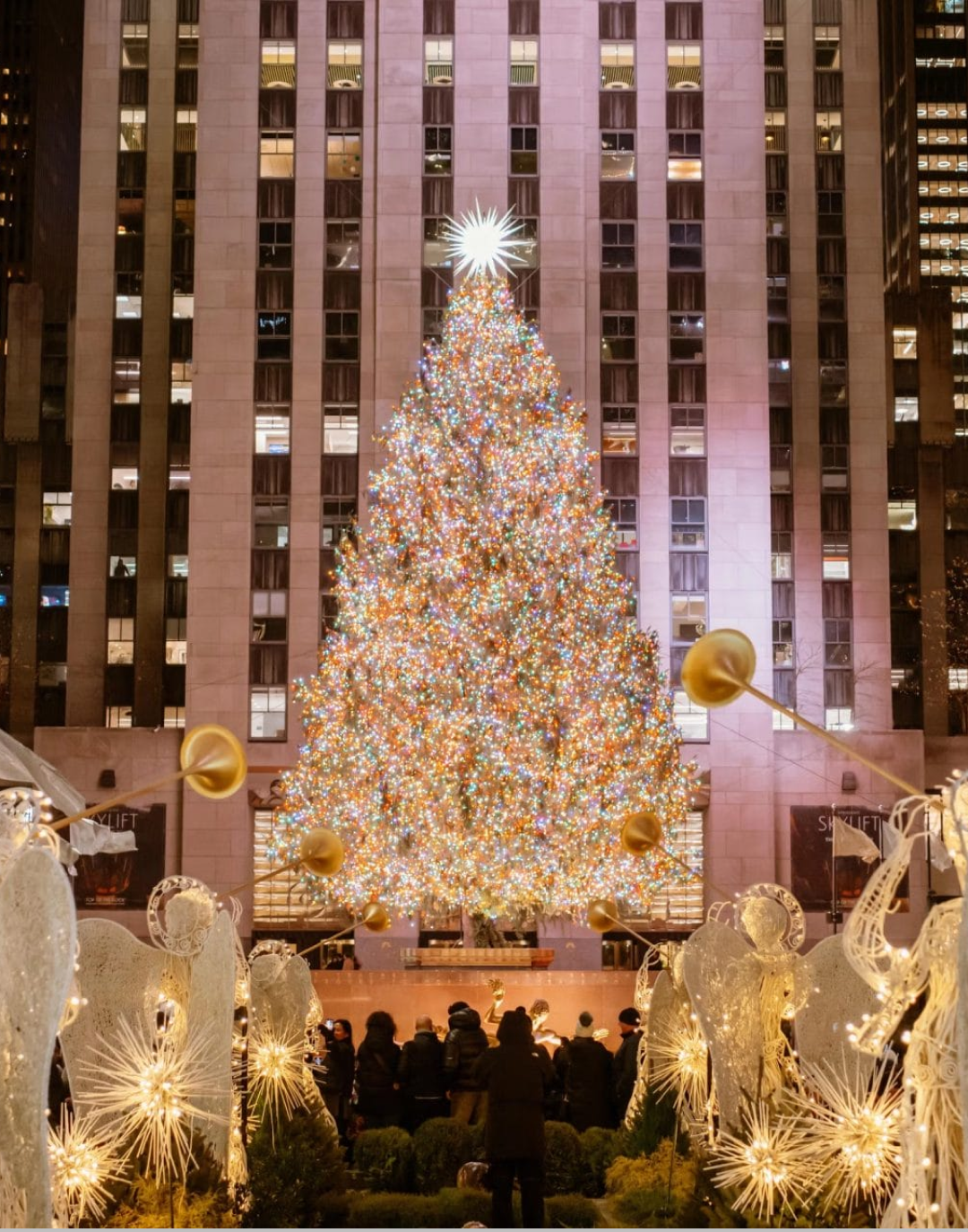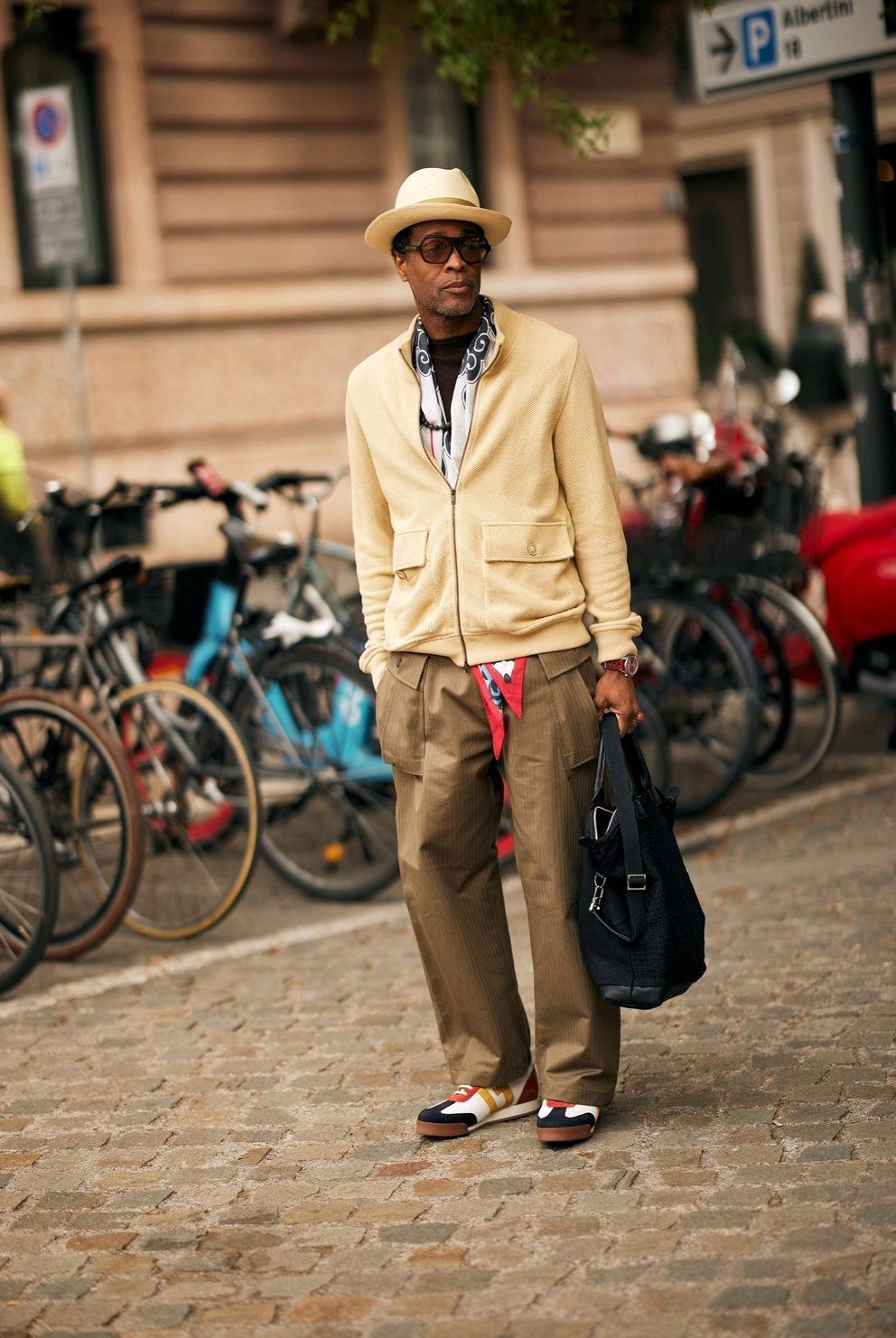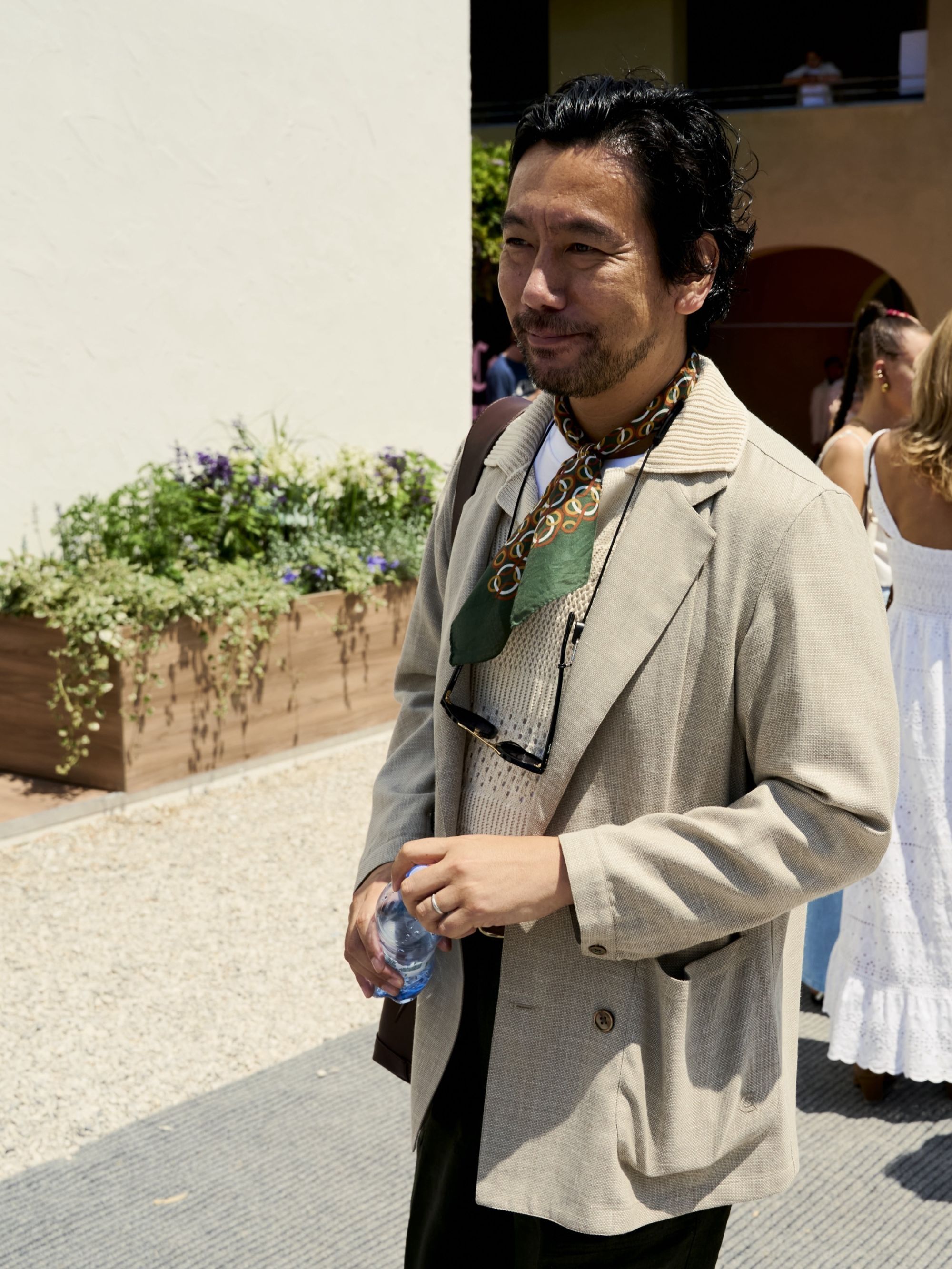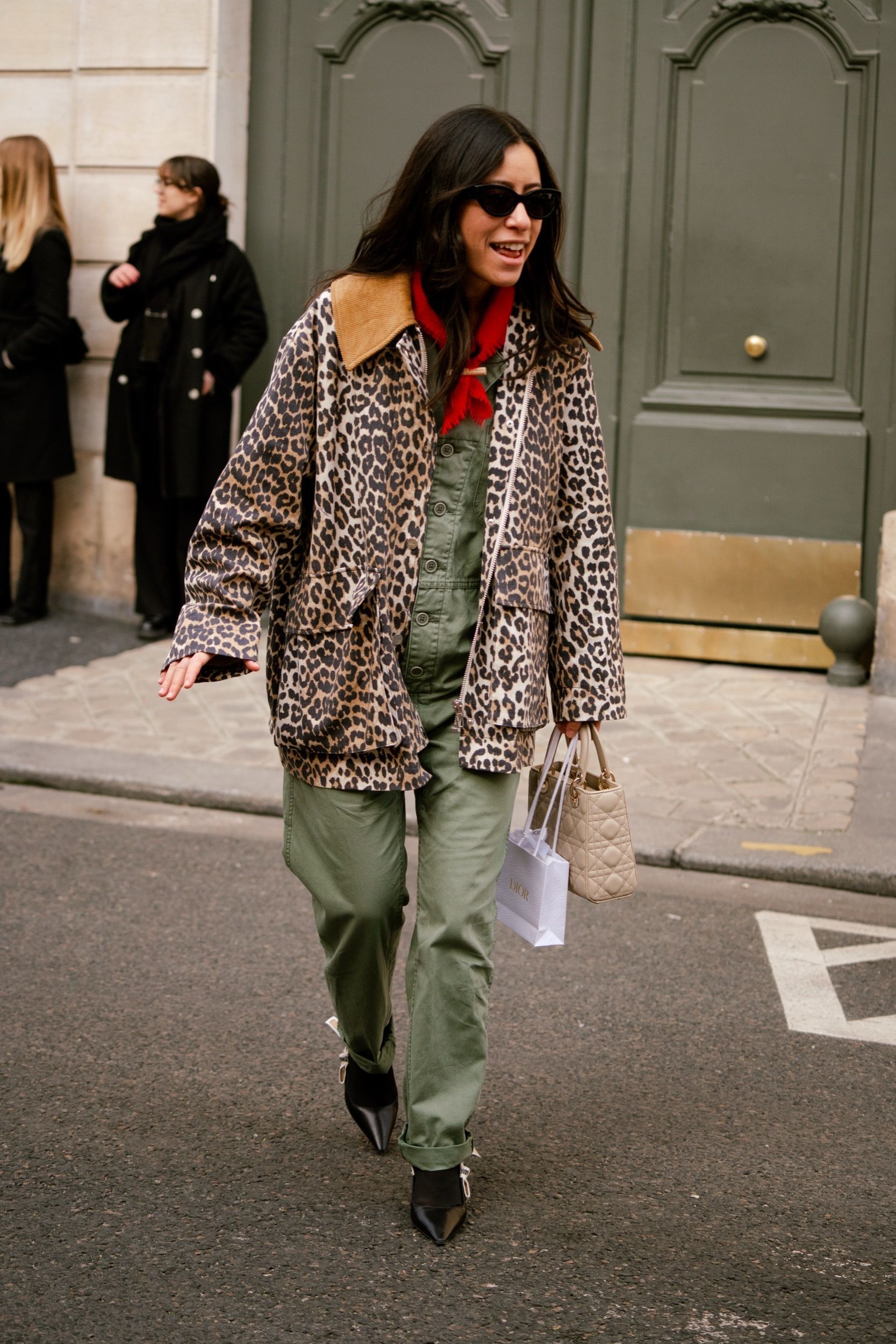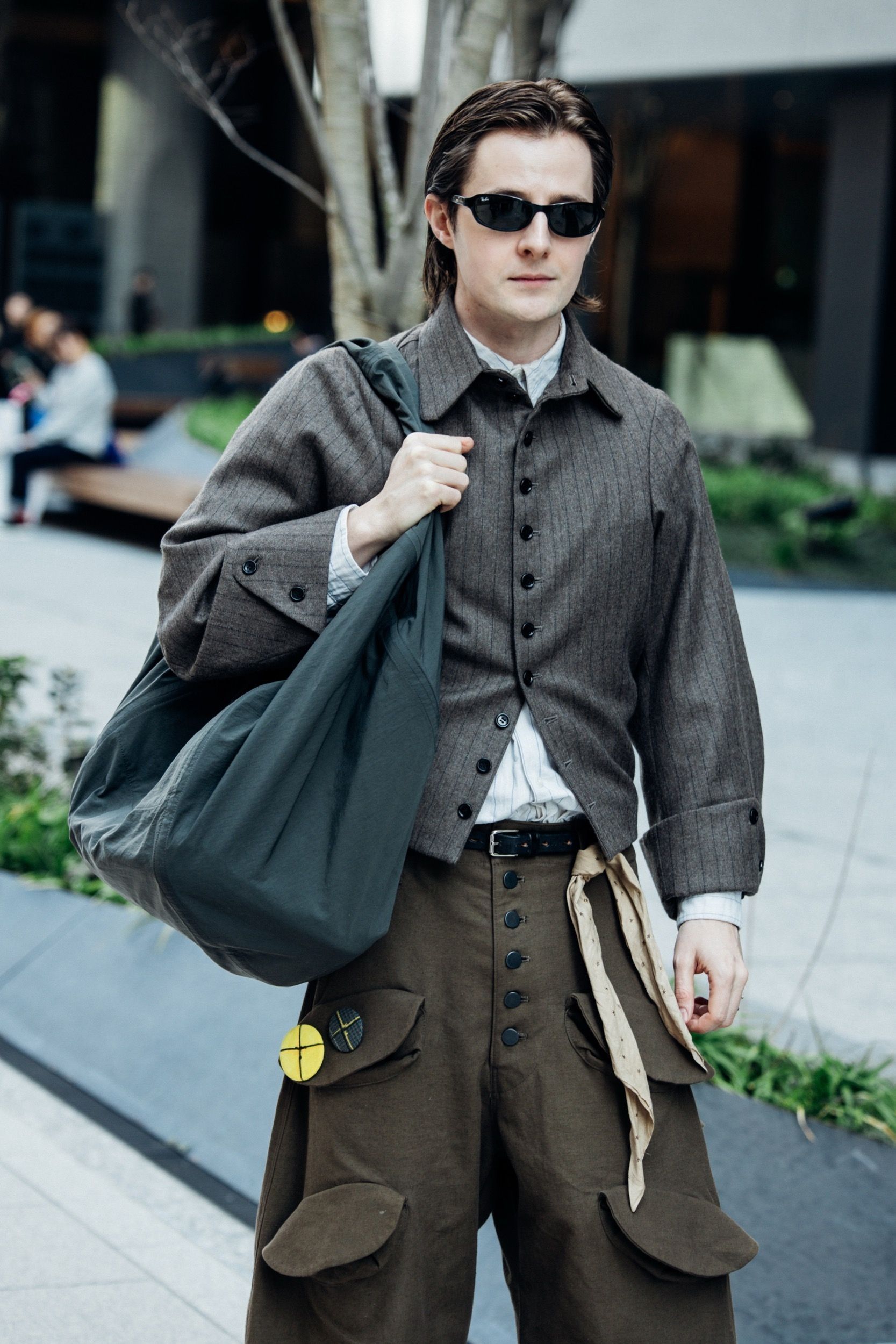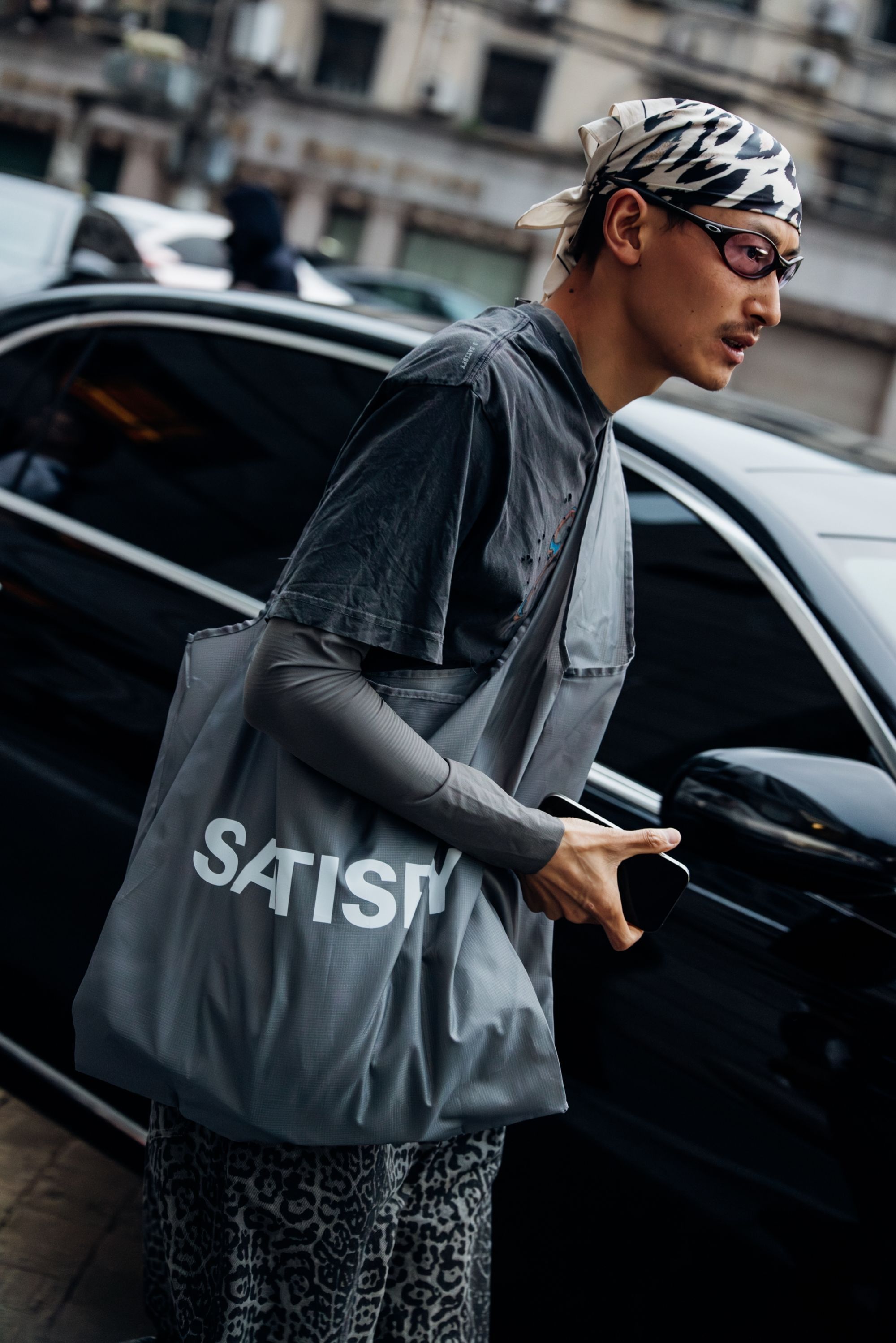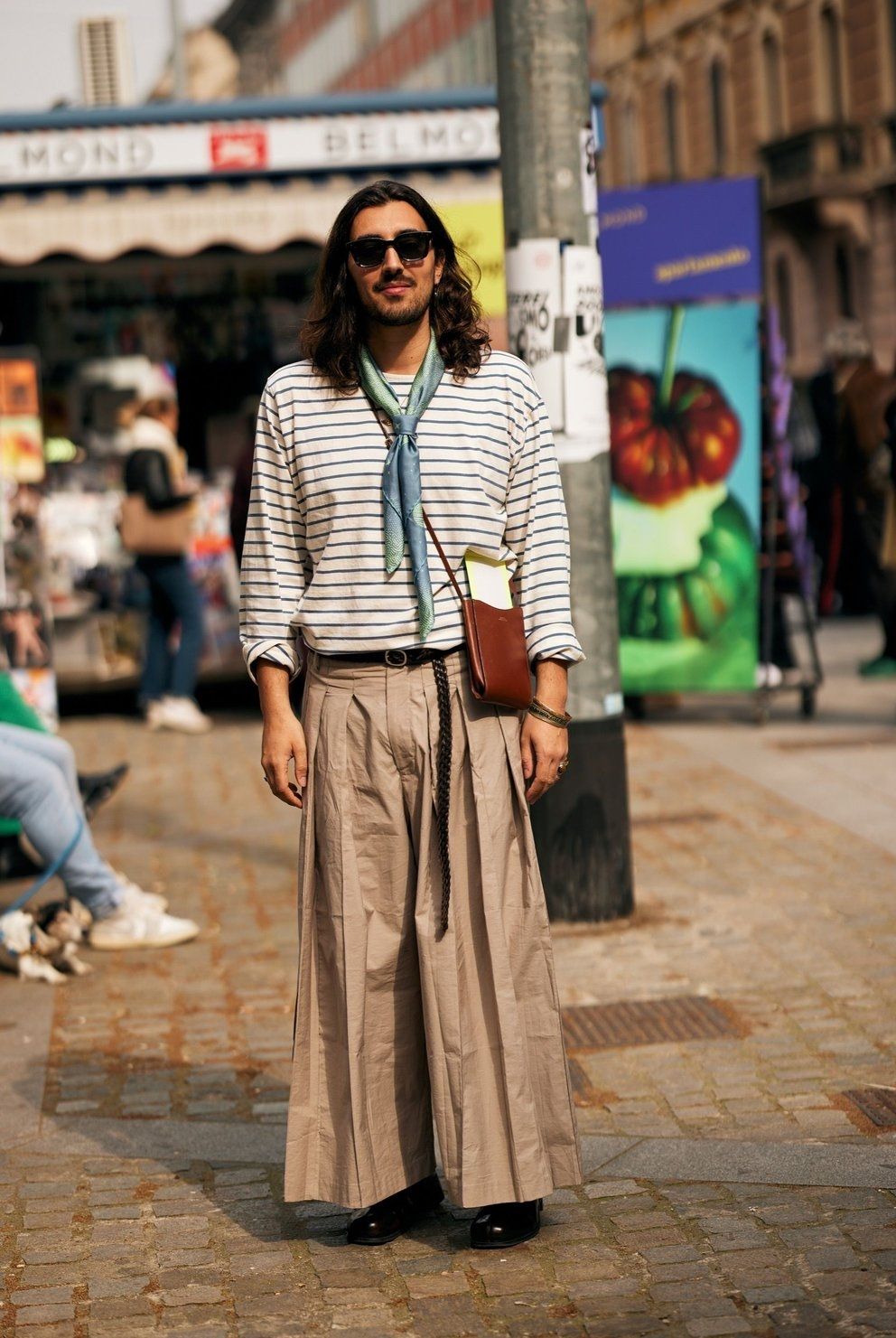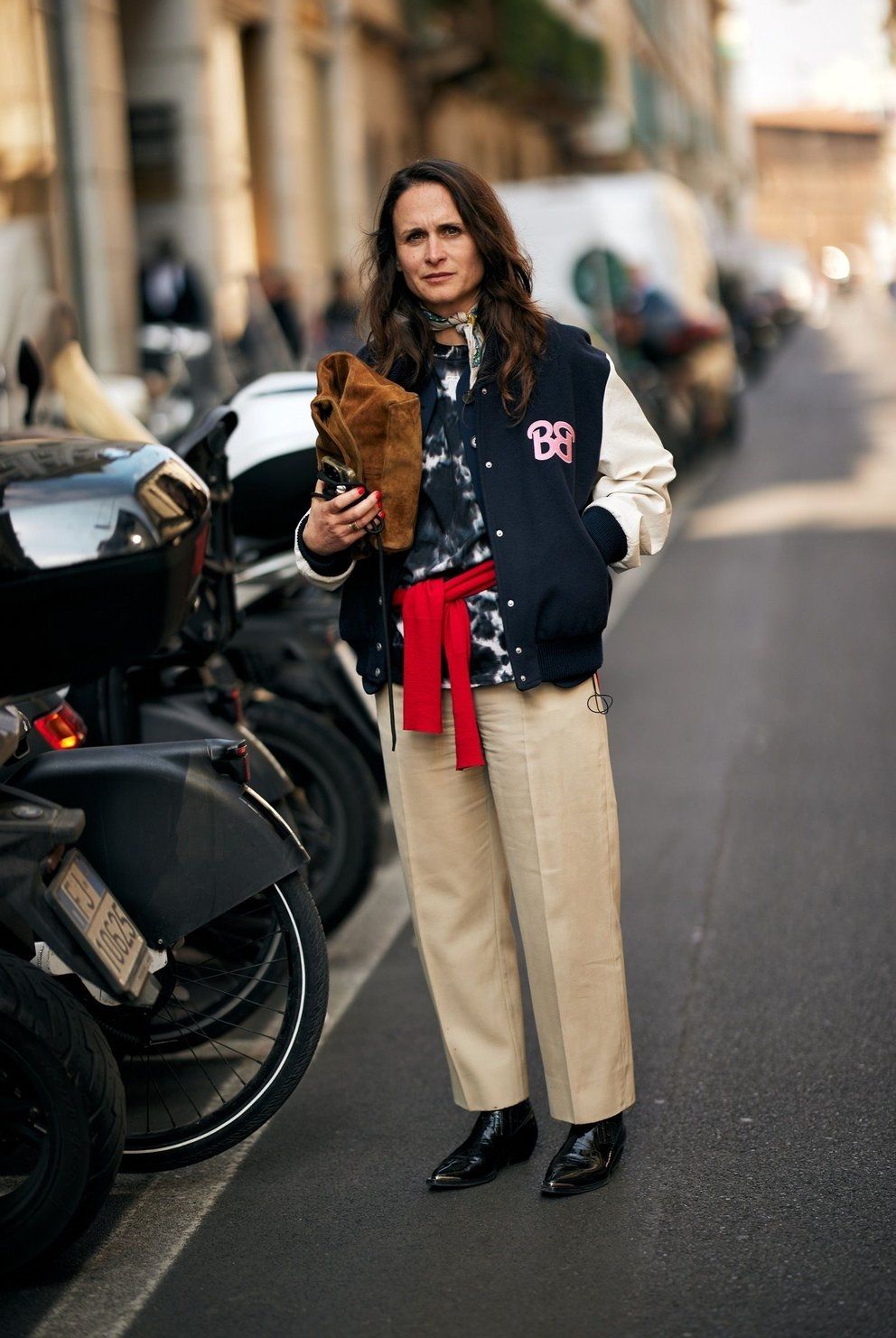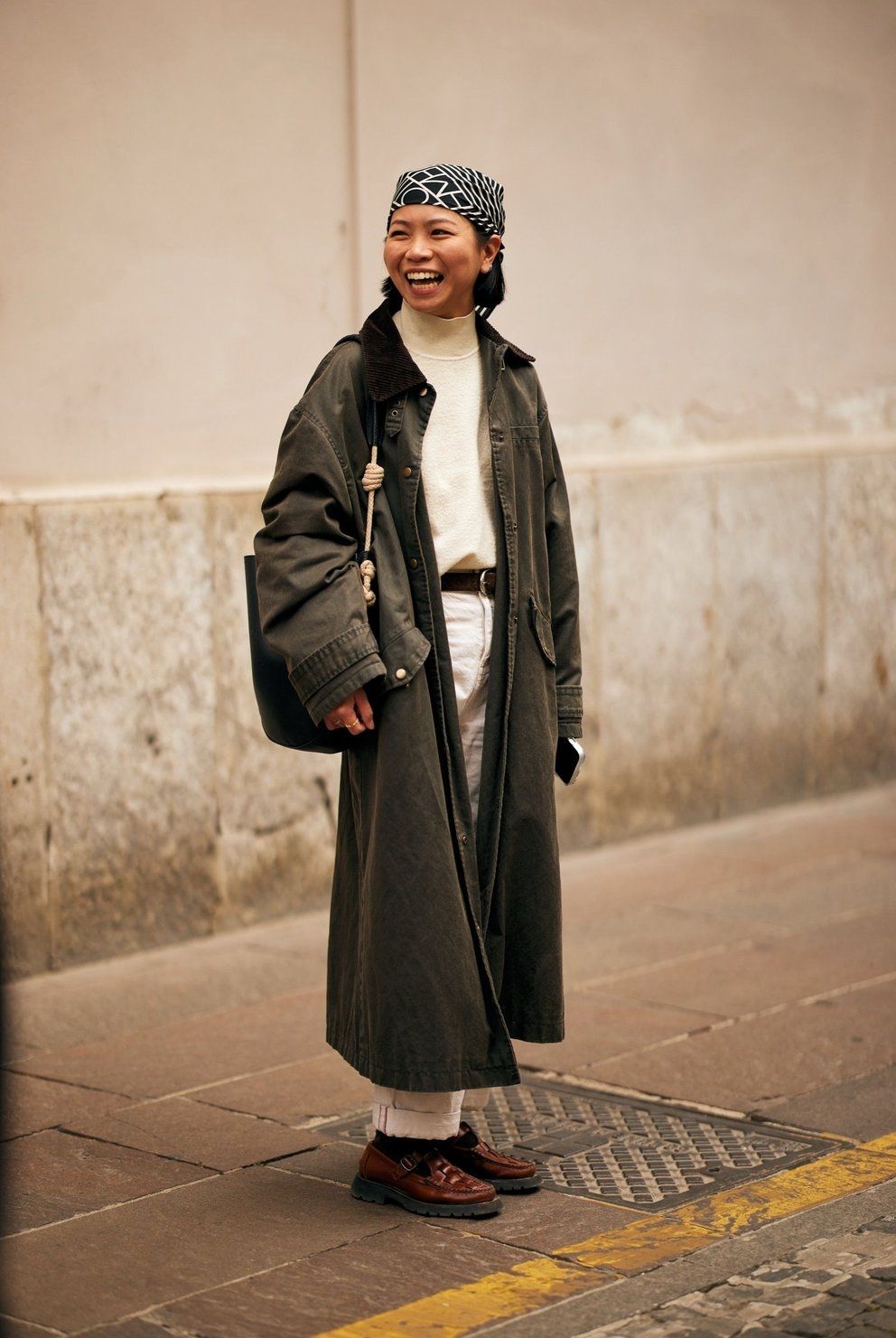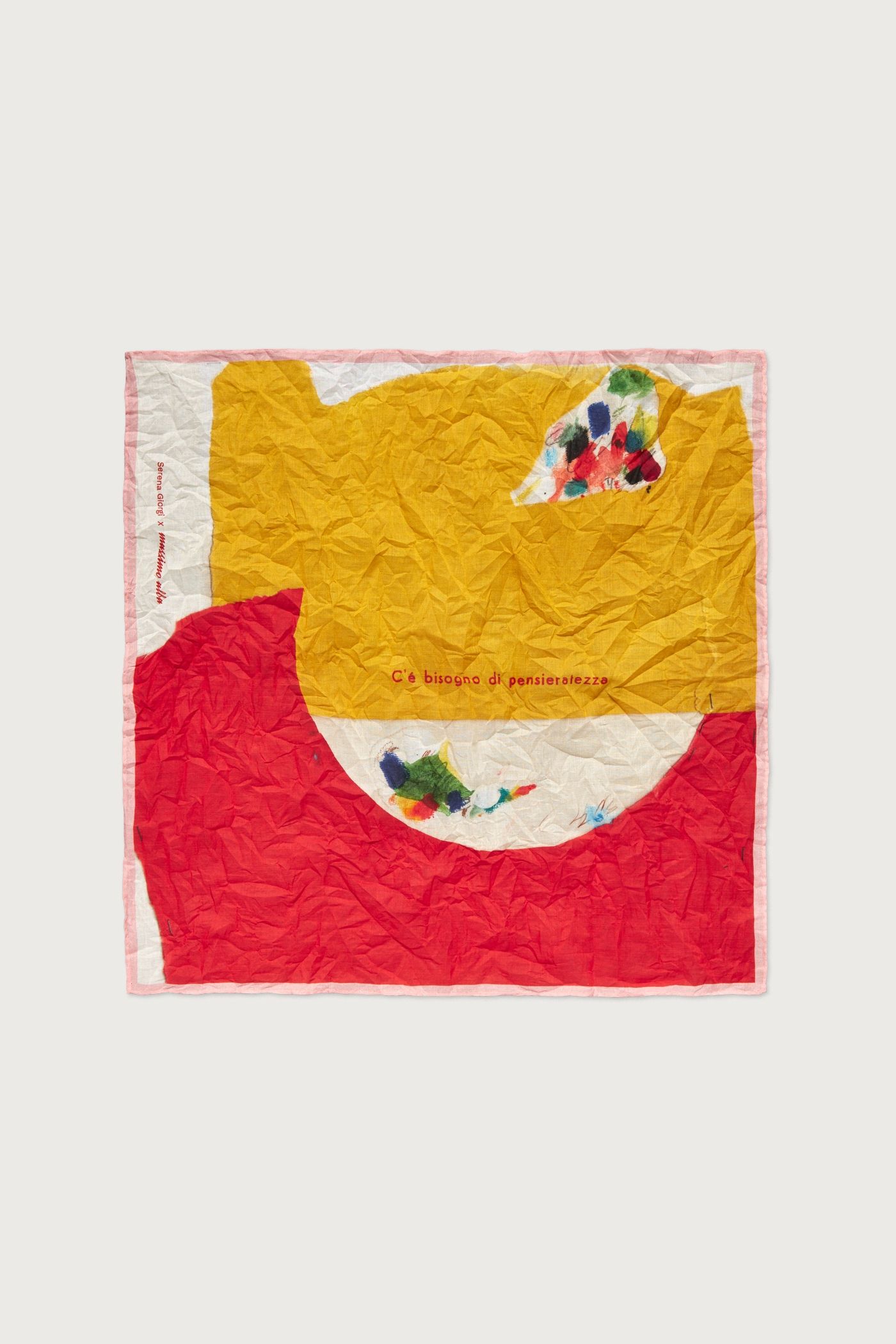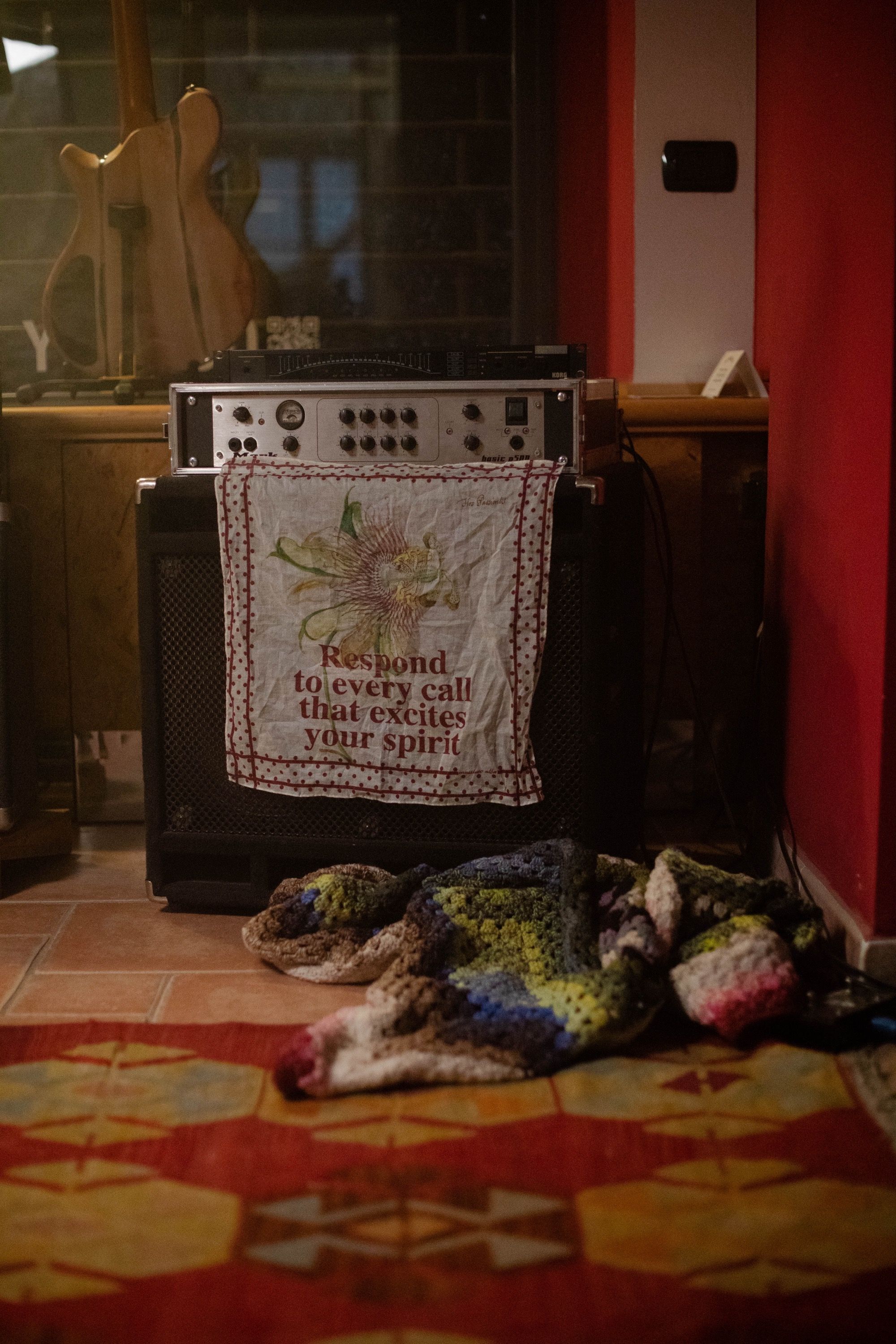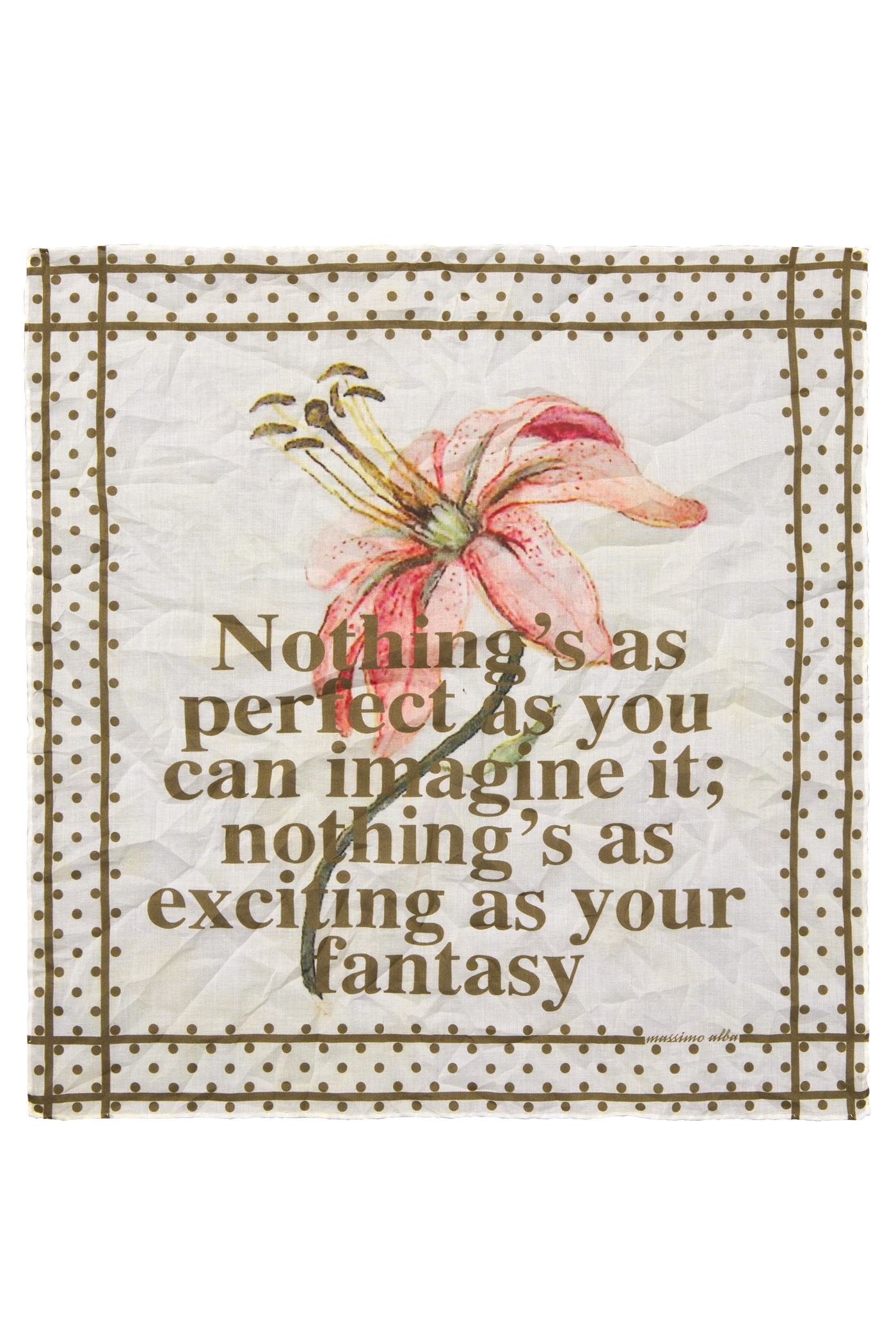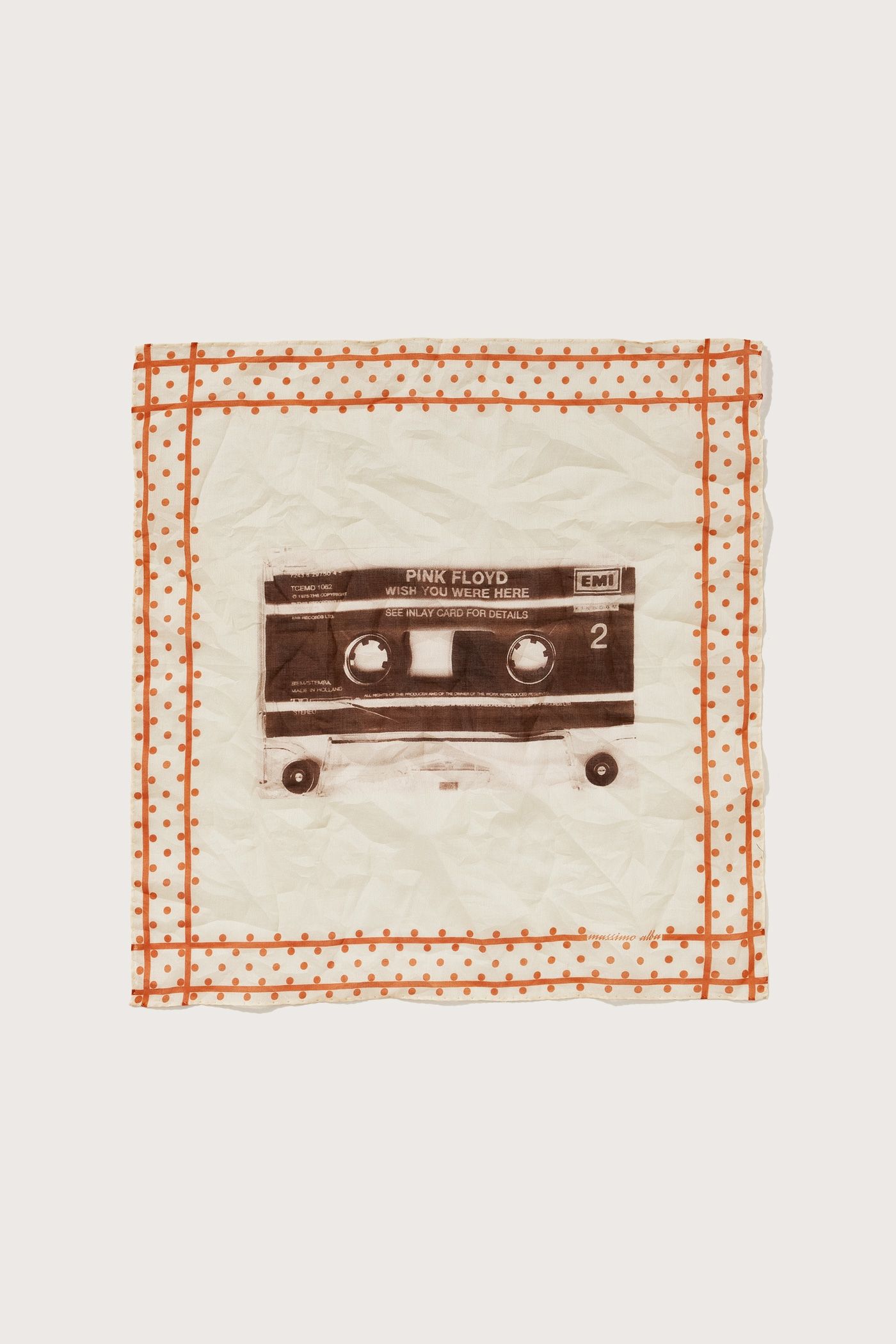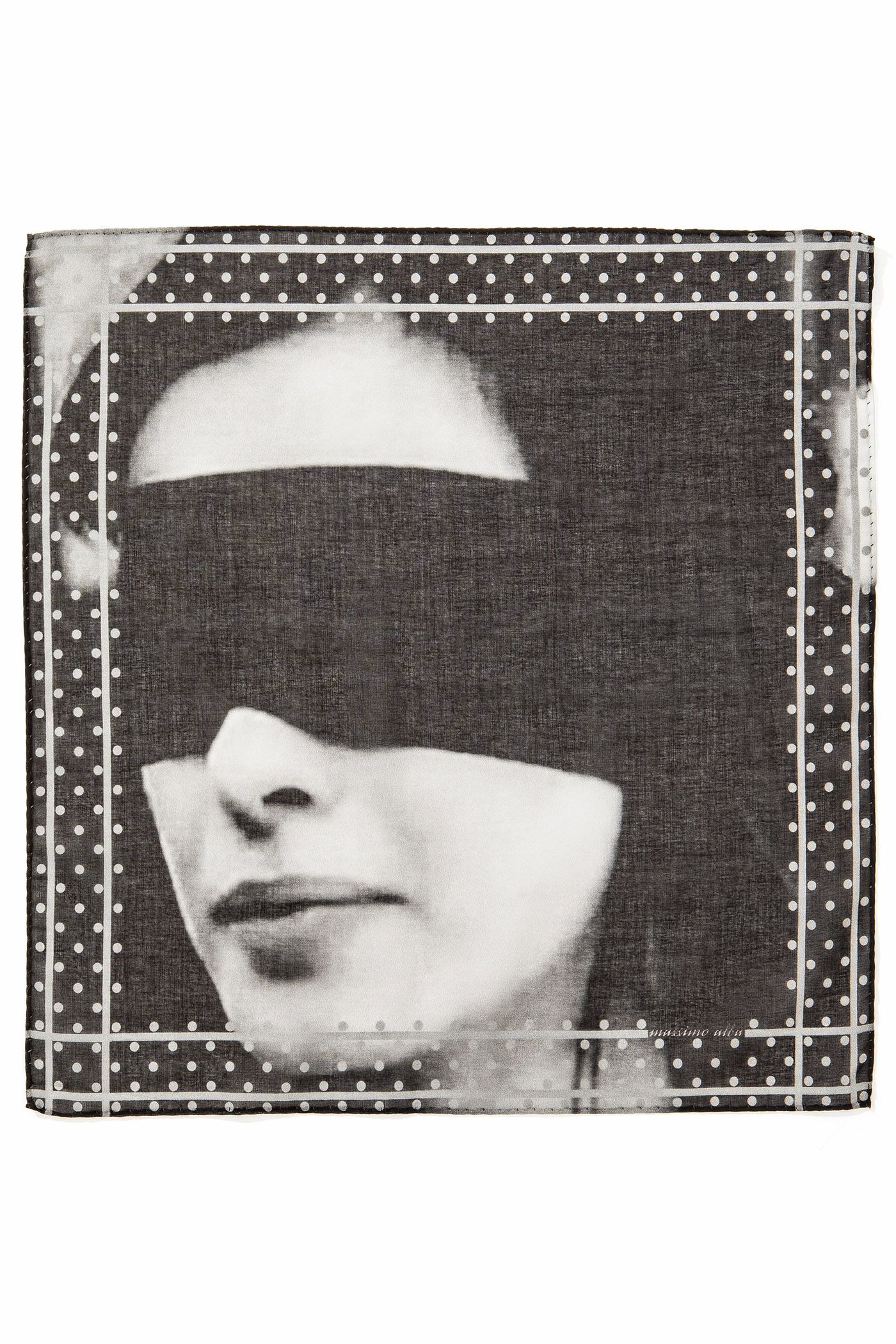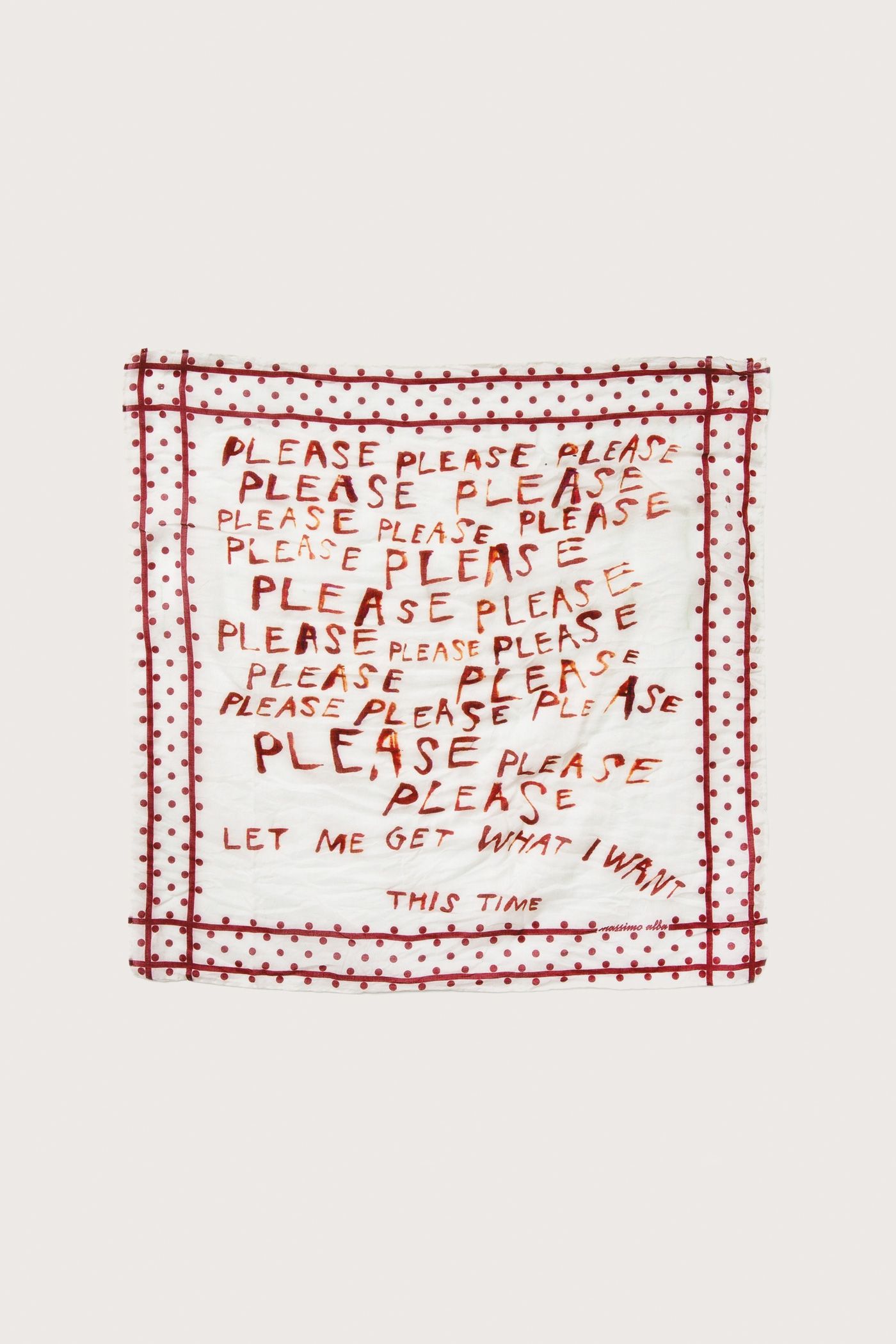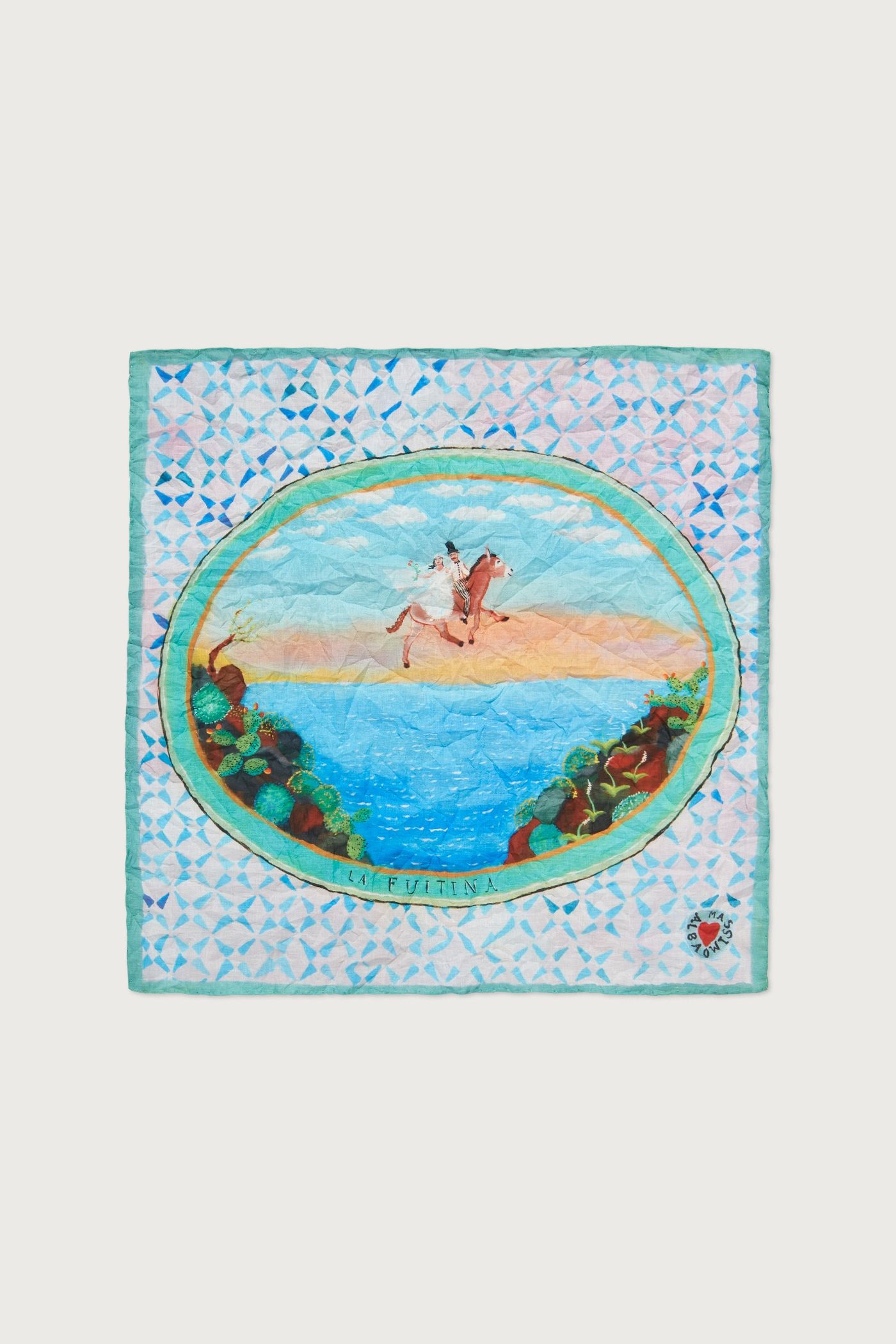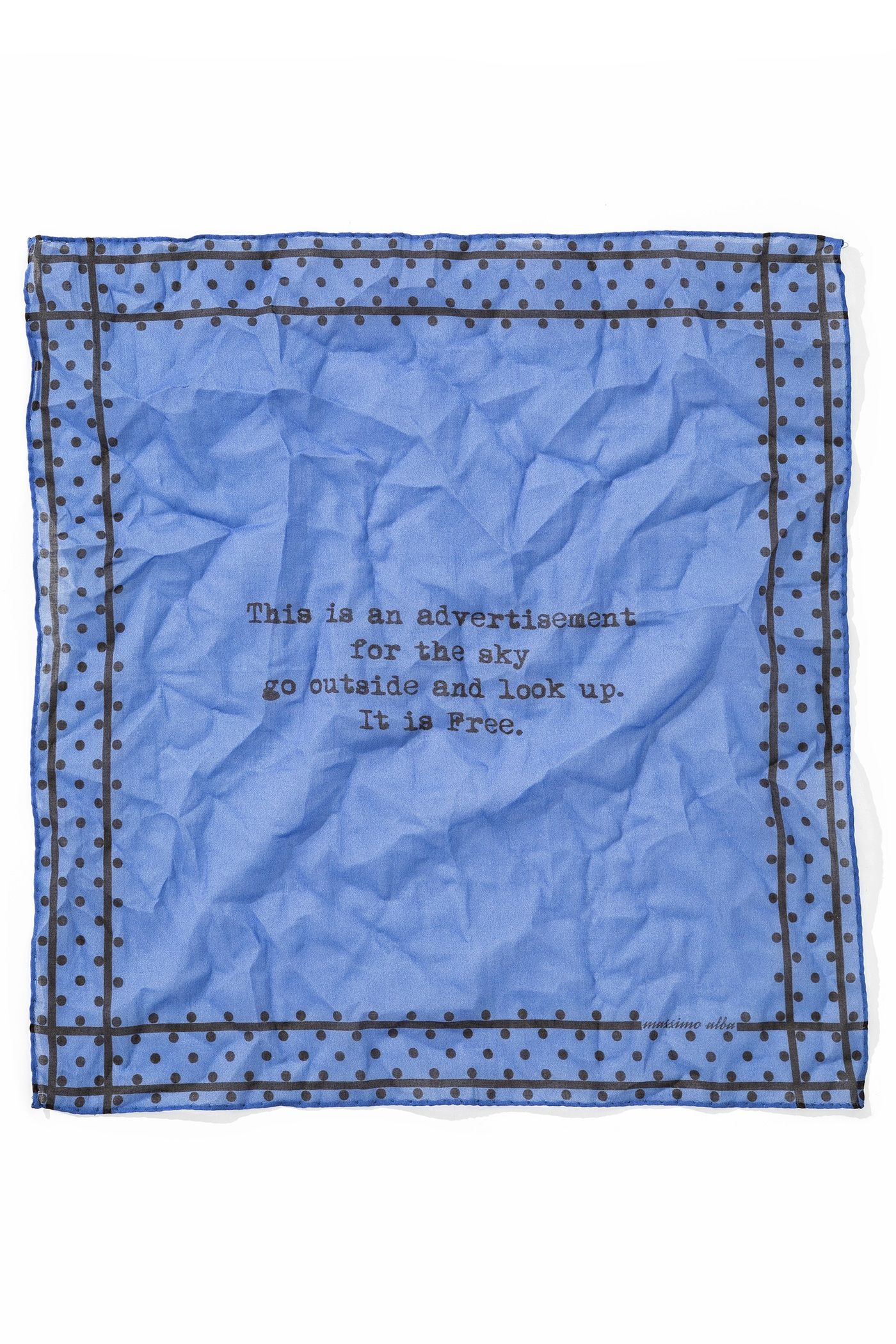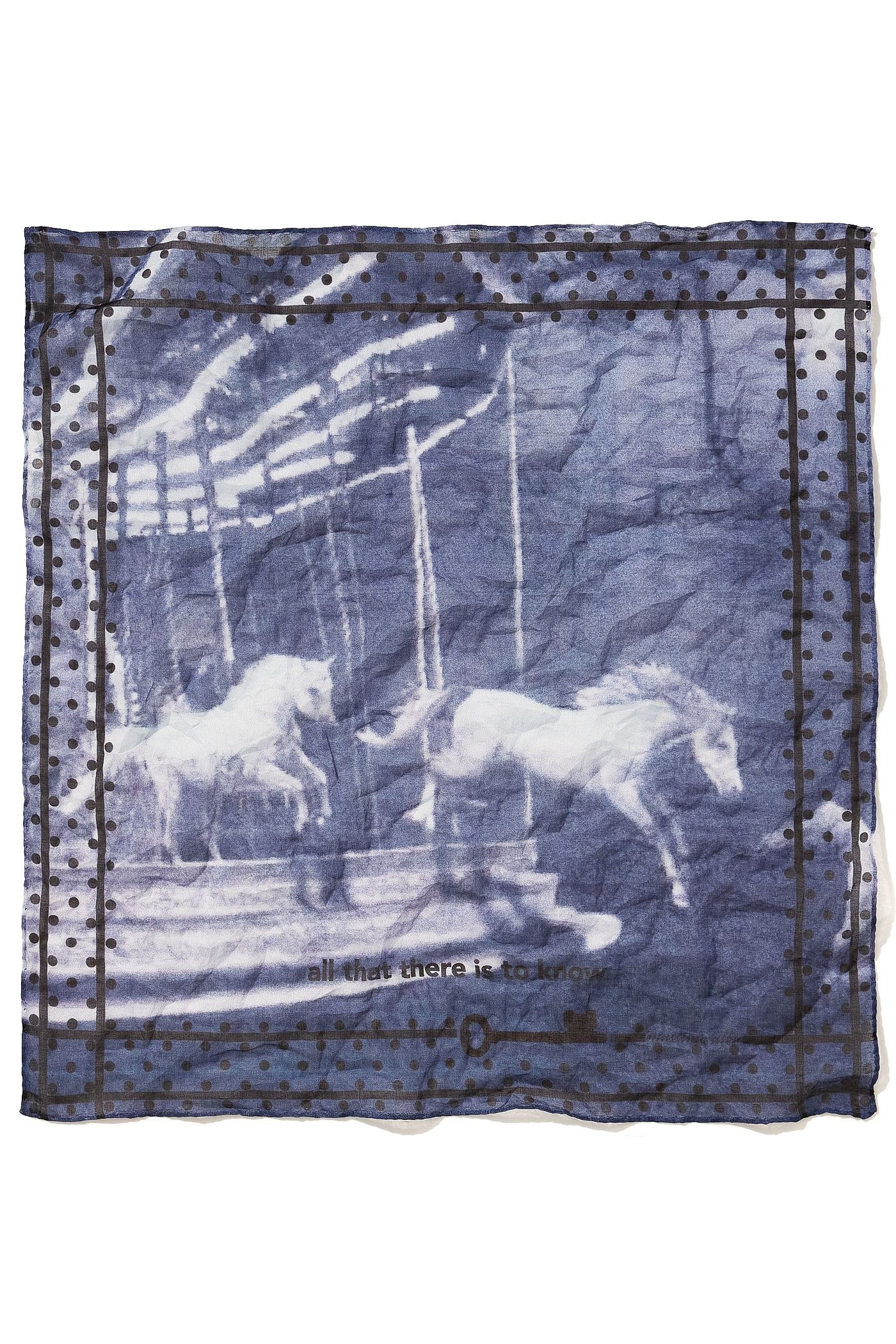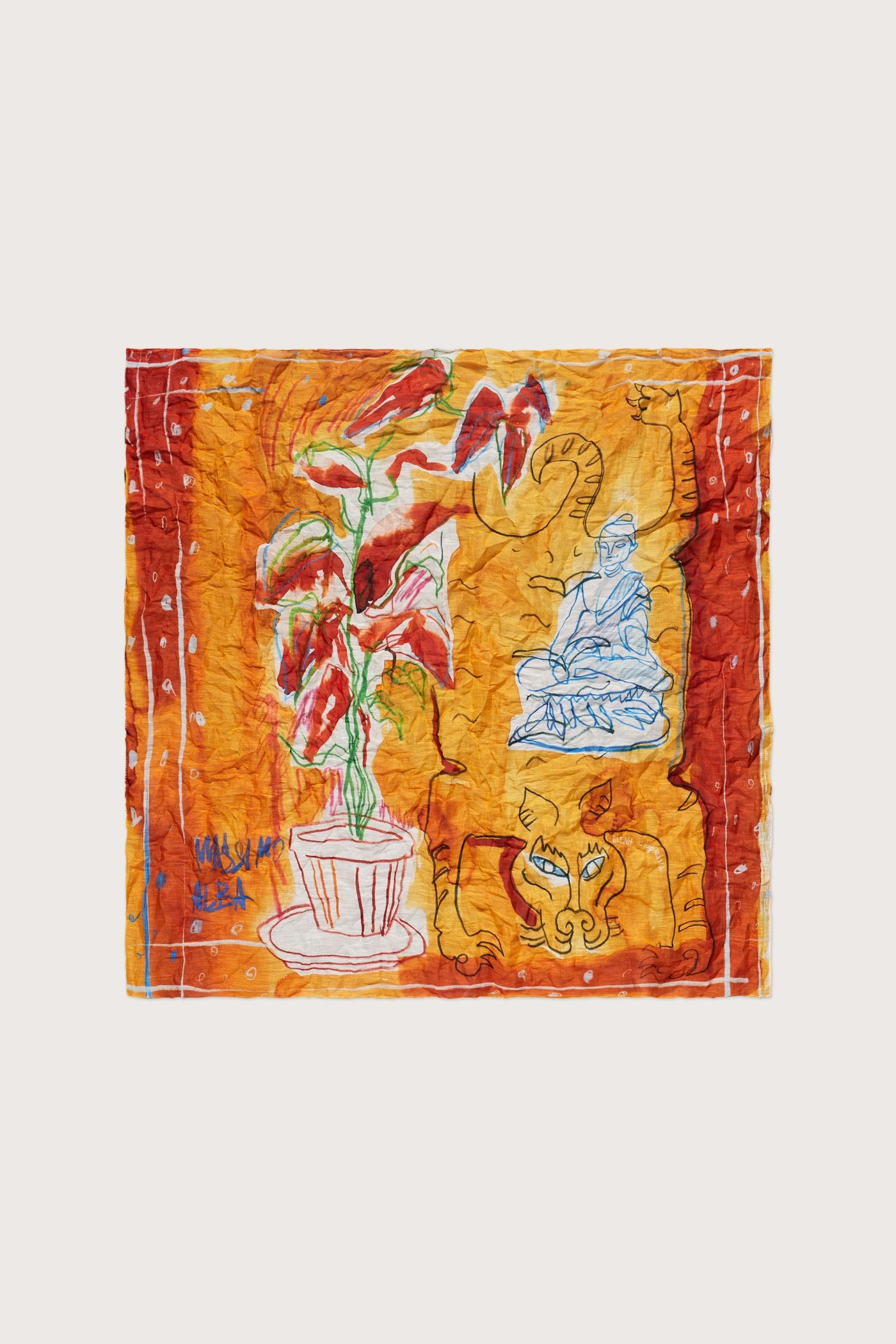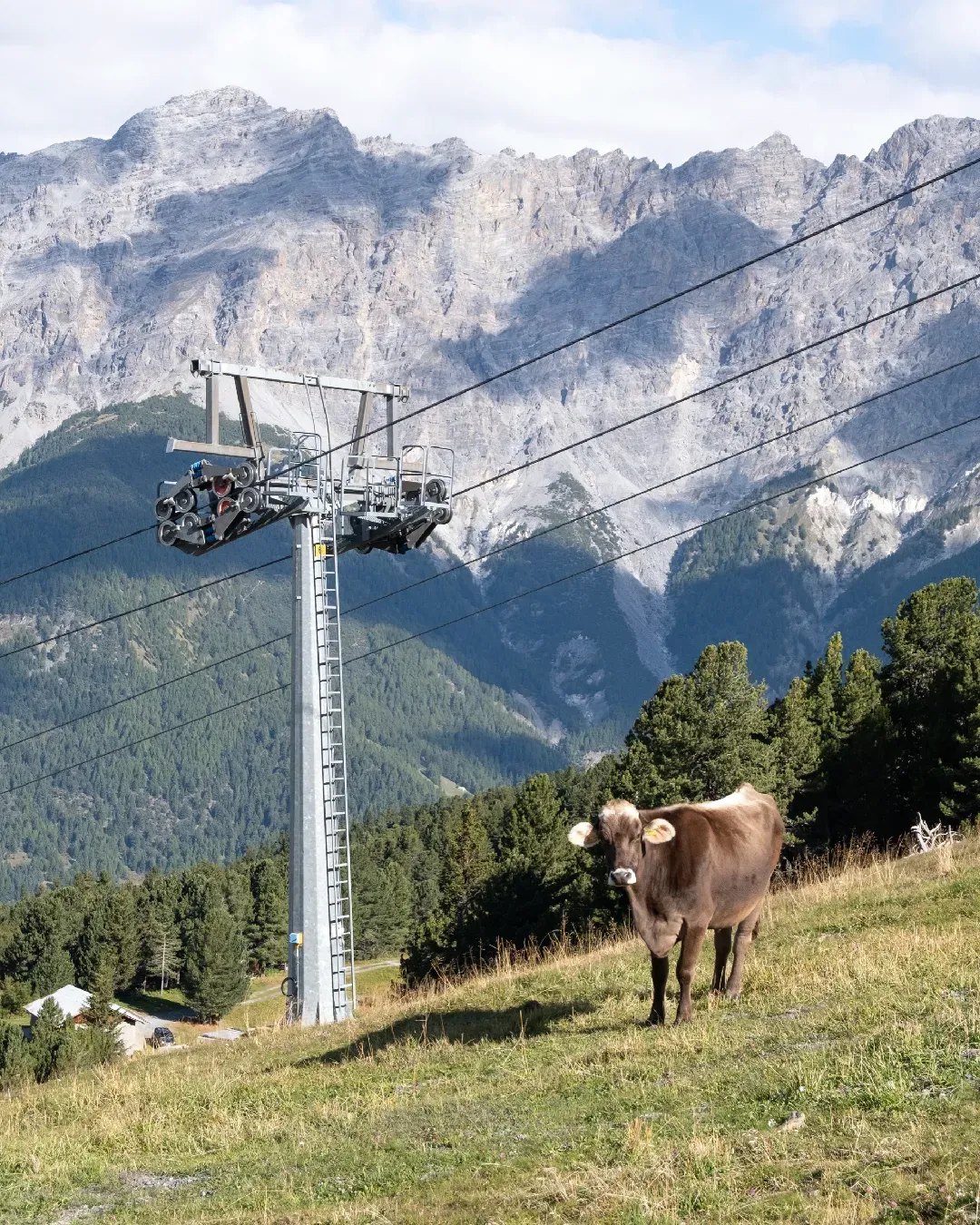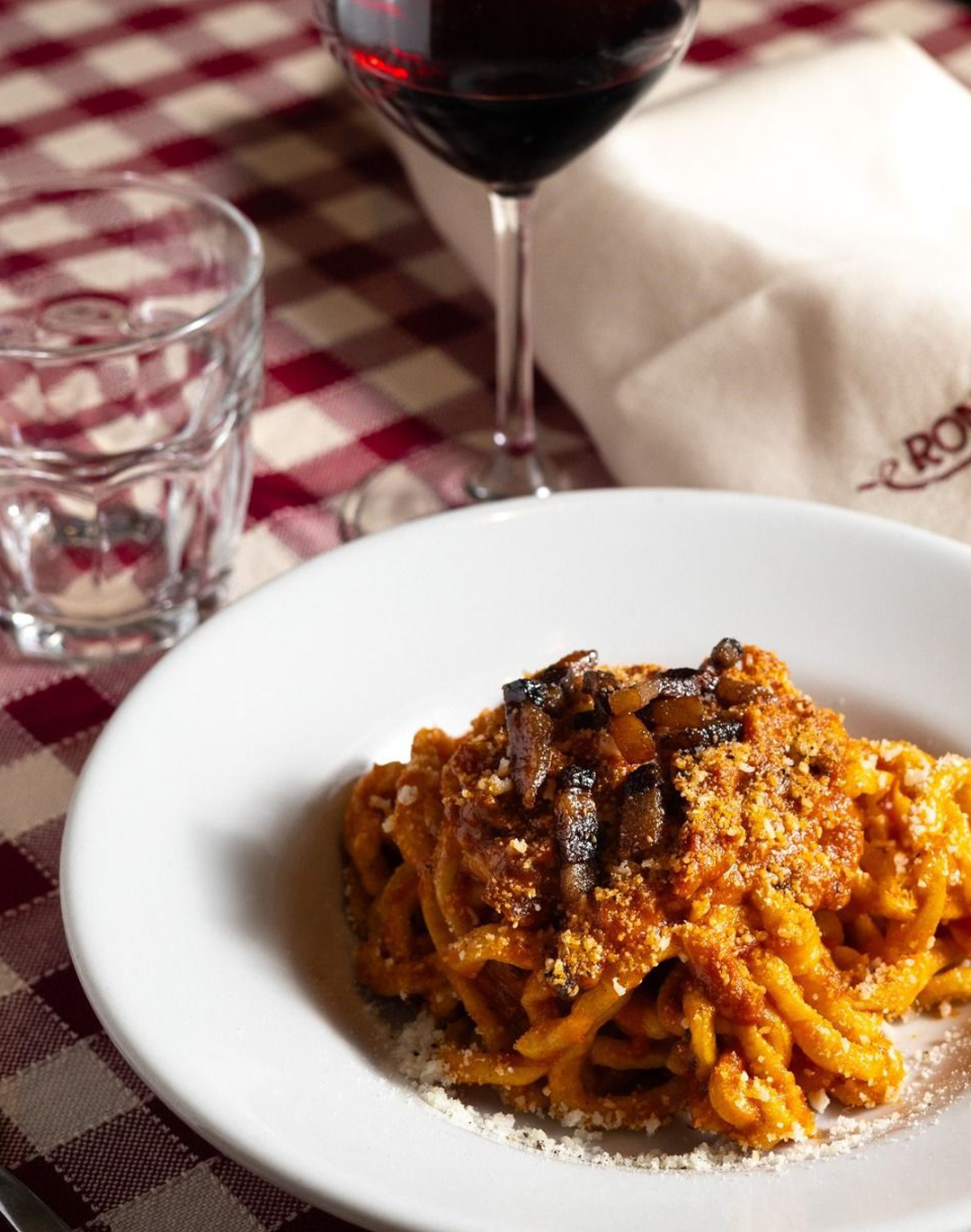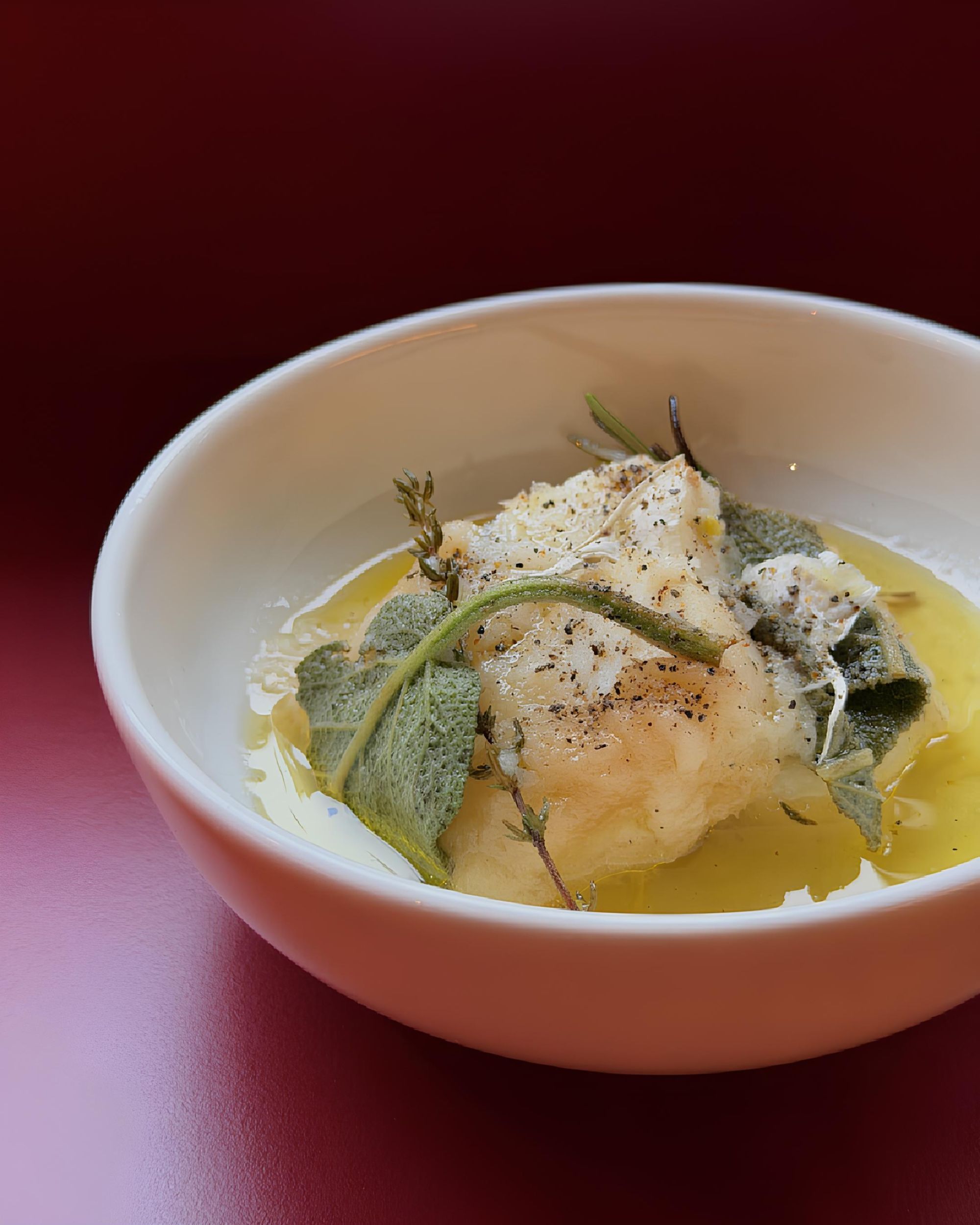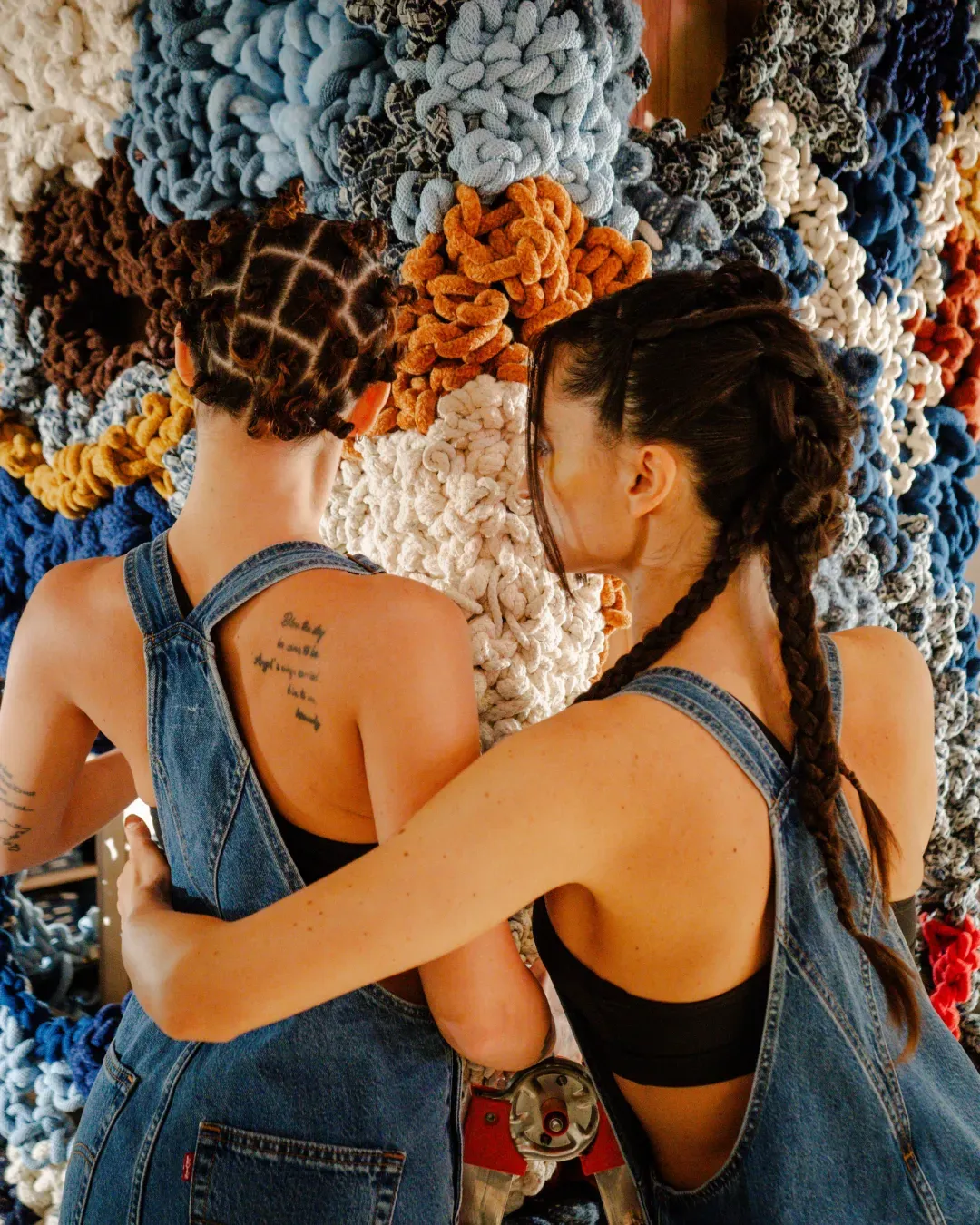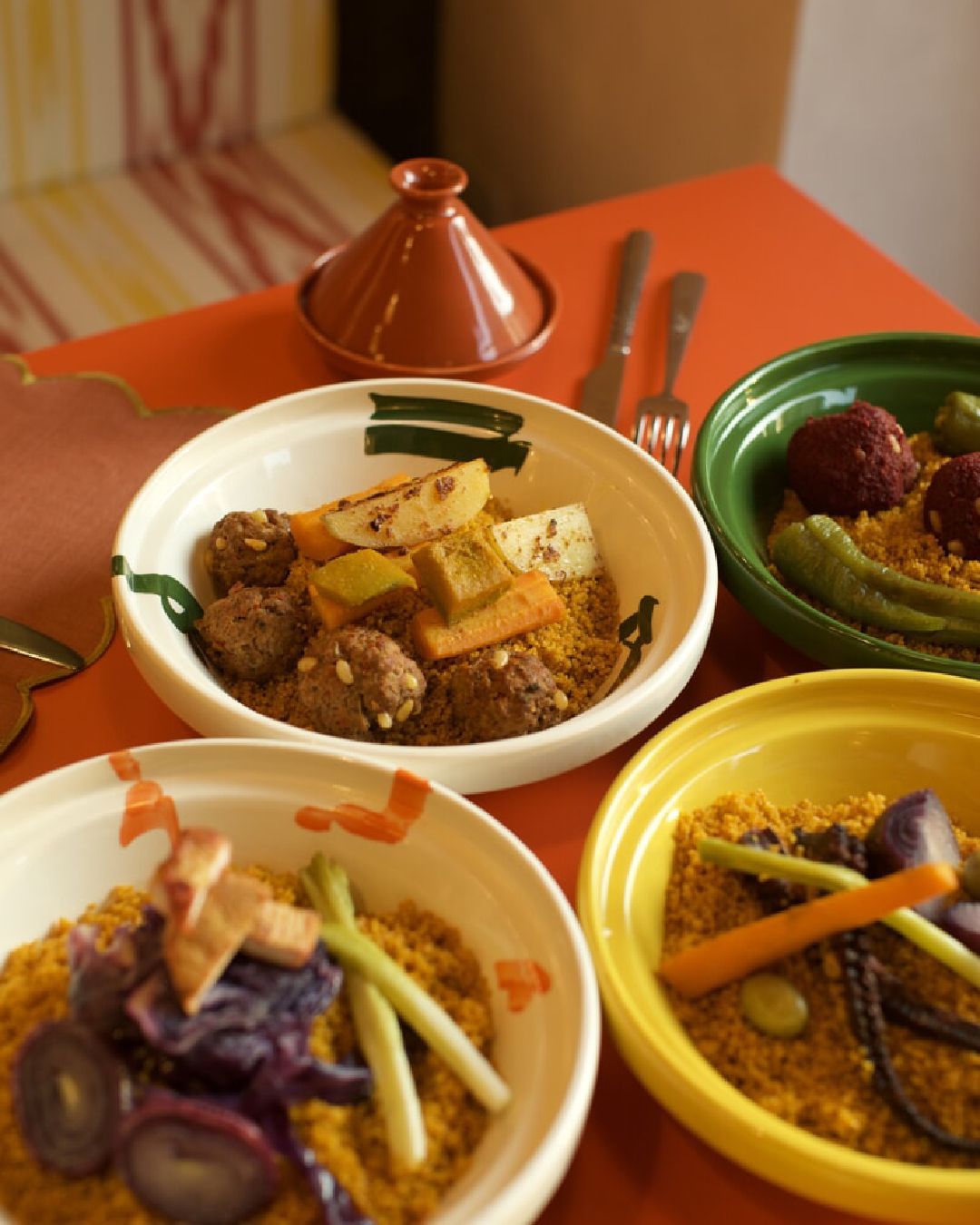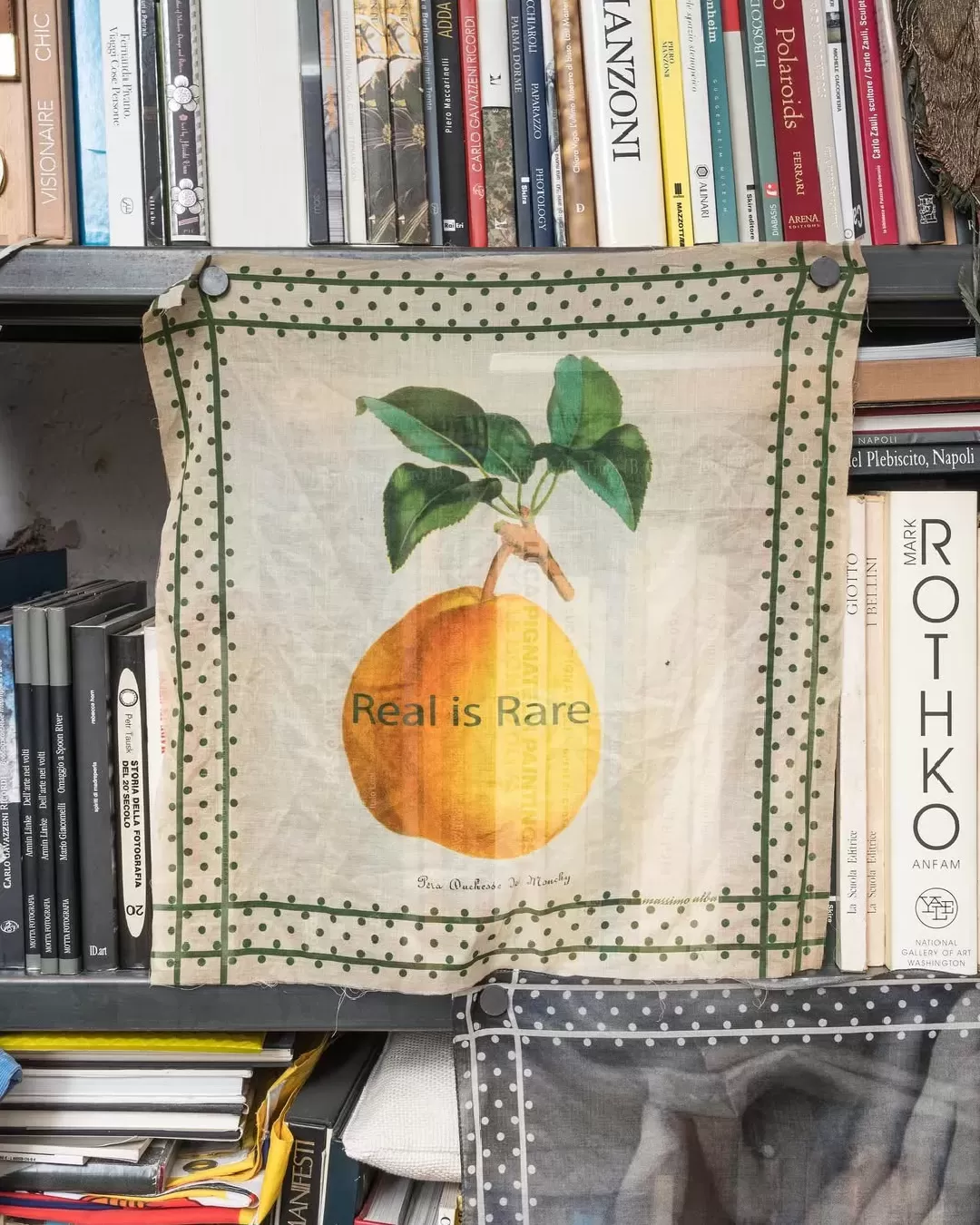
What if independent brands bet on small luxuries? The handkerchief business as told by Massimo Alba
Not all brands need to adhere to the rules of traditional marketing or be mainstream to sell. We understood this with Beyond Fashion, the nss platform created to tell the story of independent fashion that defies the rules imposed by the contemporary market. And we continue to see it every day, with news about the revenue drops of French conglomerates confirming a general decline in consumer interest in traditional luxury. A new report by Kerney has shown that the common sentiment among consumers worldwide in 2025 is stress, a mood that is fueling a reduction in purchases of both ready-to-wear and fast fashion. The value scale in fashion has changed: functionality has replaced aesthetics and has disrupted the cycle of micro-trends that has always characterised the fashion industry. But while this uncertain and bleak landscape may worry small entrepreneurs, on the other hand, it restores honor to authenticity. Faced with declining sales and increasing demand for transparency from consumers, the business of “small luxuries” seems to be the right compromise for independent fashion brands: a good that allows them to stay close to stressed consumers without having to sacrifice a brand’s ethos, quite the opposite. Like lipsticks for beauty companies, handkerchiefs and scarves are small but important items for independent brands, which can express their aesthetic evolution and allow their community to carry it around, tied around their necks.
To understand the importance of small luxuries for independent brands, we had a chat with Massimo Alba, founder and owner of the Milan-based brand of the same name. Created along with the brand in 2006 to communicate the values of Massimo Alba in a direct yet poetic way, the handkerchiefs are an integral - and often leading - part of its vast imagery. «The handkerchief is an outdated object that no one uses anymore. I liked the idea of helping people rediscover it, to keep it in their pocket, lose it and find it again in a taxi,» says Alba. «Beyond its economic meaning, it’s like a link through which you can somehow access the idea of the collection, the spirit of the brand.» These objects, far from simply replicating the main prints of Massimo Alba, have over the years featured poetic phrases, love dedications, and ironic quotes, as well as a multitude of collaborations with artists and designers. They have become a functional statement piece, often used by customers in ways different from the primary use of a scarf, precisely because they encourage people to appreciate the design. Some frame them and gift them as wall art or, like the Coen brothers, Alba reveals, use them to set the table.
The small luxury market doesn't include just handkerchiefs - lipsticks, perfumes, belts, and keychains are part of the same category - but for an independent brand focused on ready-to-wear, they represent the best choice both from a production and communication standpoint. In addition to being able to be produced alongside the main collection and without involving cosmetics or leather experts, scarves, bandanas, and other fabric accessories ensure artistic continuity. Moreover, they can reduce textile waste, offering the consumer an option that is not only accessible but also sustainable. After all, the price of a handkerchief is generally lower than that of a perfume - a quintessential small luxury that several major luxury brands like Bottega Veneta, Balmain, Fendi, and Jil Sander have recently invested in, launching their first fragrance lines. Judging from the street style of the latest Fashion and Design Weeks scattered around the world, whether knotted around the neck, on the bag, in the loops of a pair of jeans or on the head, handkerchiefs and bandanas are here to stay.
With economic uncertainty reducing consumers’ purchasing power and prices continuing to rise in every market, offering small luxuries becomes essential even for independent brands. According to forecasts, the market value of accessible luxury is estimated at $2 billion in 2025 and will grow until 2034 at an annual rate of 11%. As Massimo Alba confirms, producing small accessories does not mean giving in to market laws, but rather expanding one’s narrative, which is why, from 2006 to today, the brand has created a new line of six handkerchiefs for every collection. In preparation for the next presentation, scheduled (but deliberately outside the official Milan Fashion Week calendar) for this Saturday, Alba doesn’t feel like giving advice to young creatives but does confirm the impression mentioned at the start of this article. «There’s a theme of truth, identity, and authenticity. Each of us must try to be as real as possible. We create the collections we like, with which we ourselves dress. I believe everyone should start from what they like and make it as authentic as possible.»


